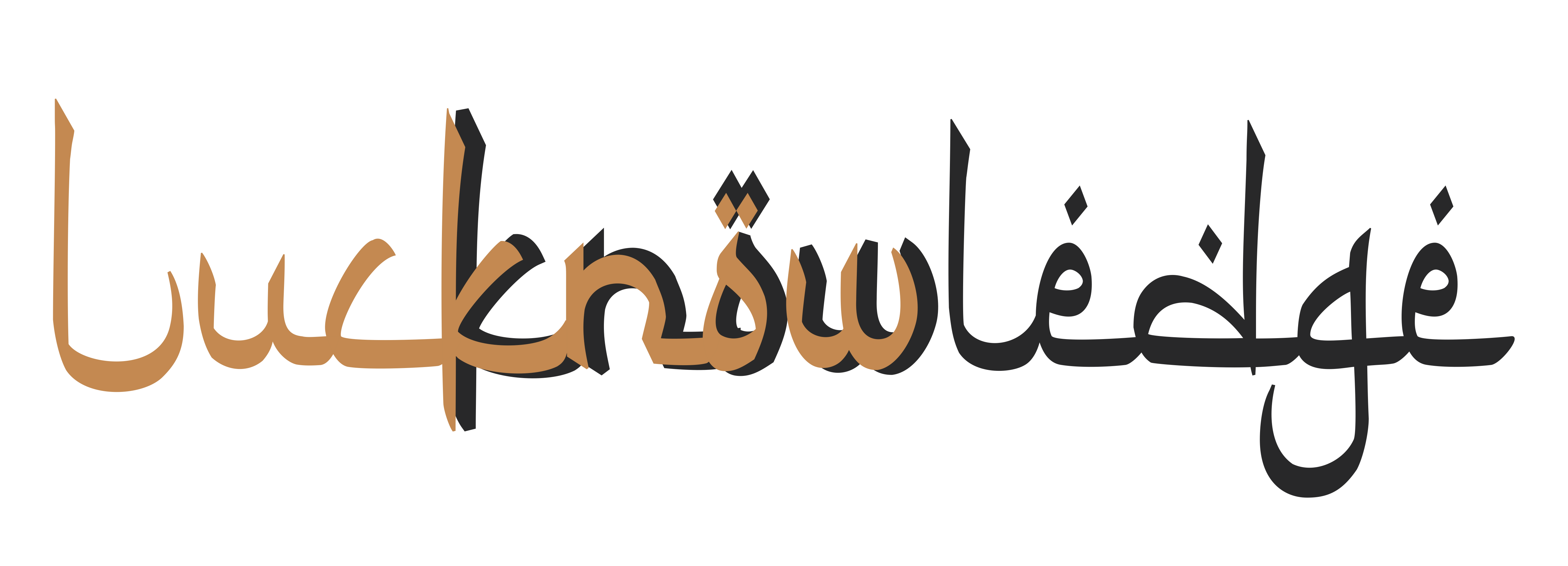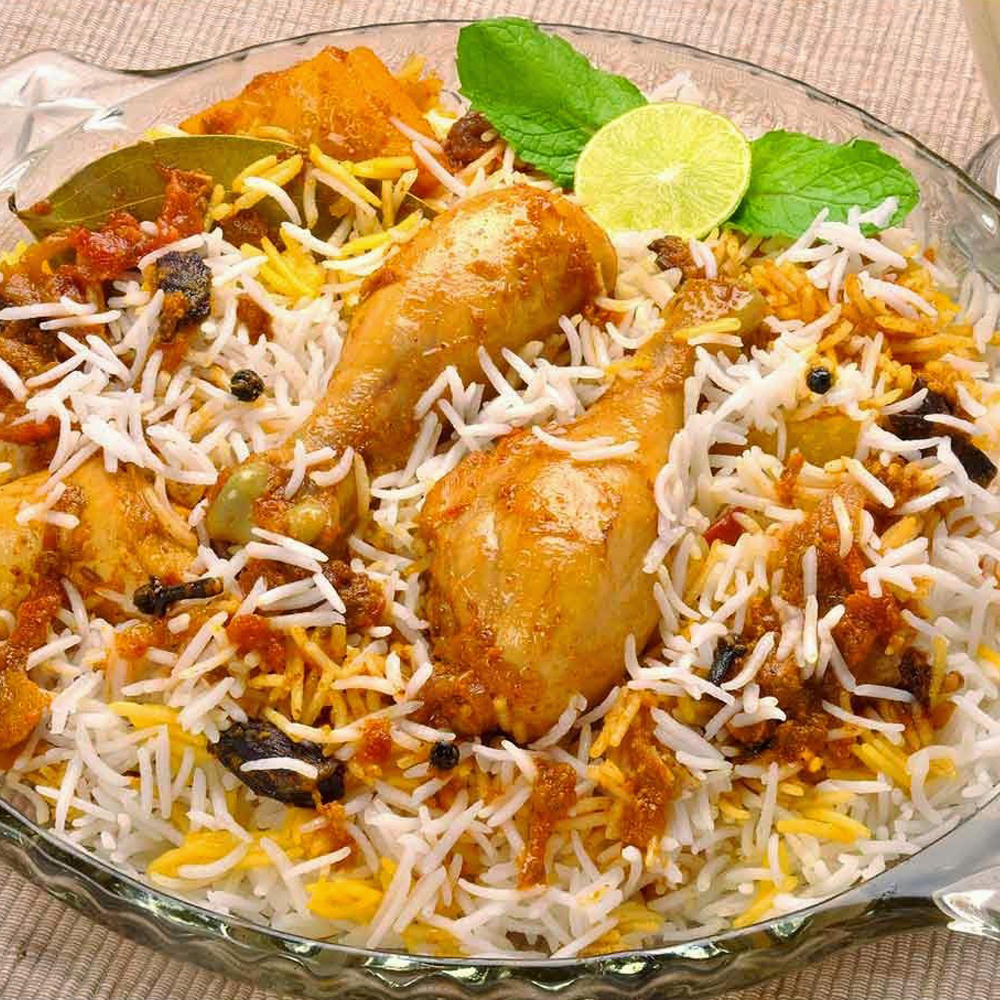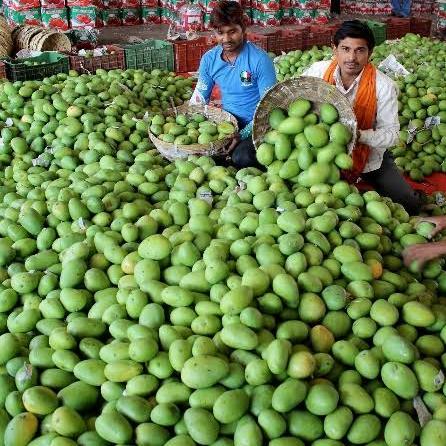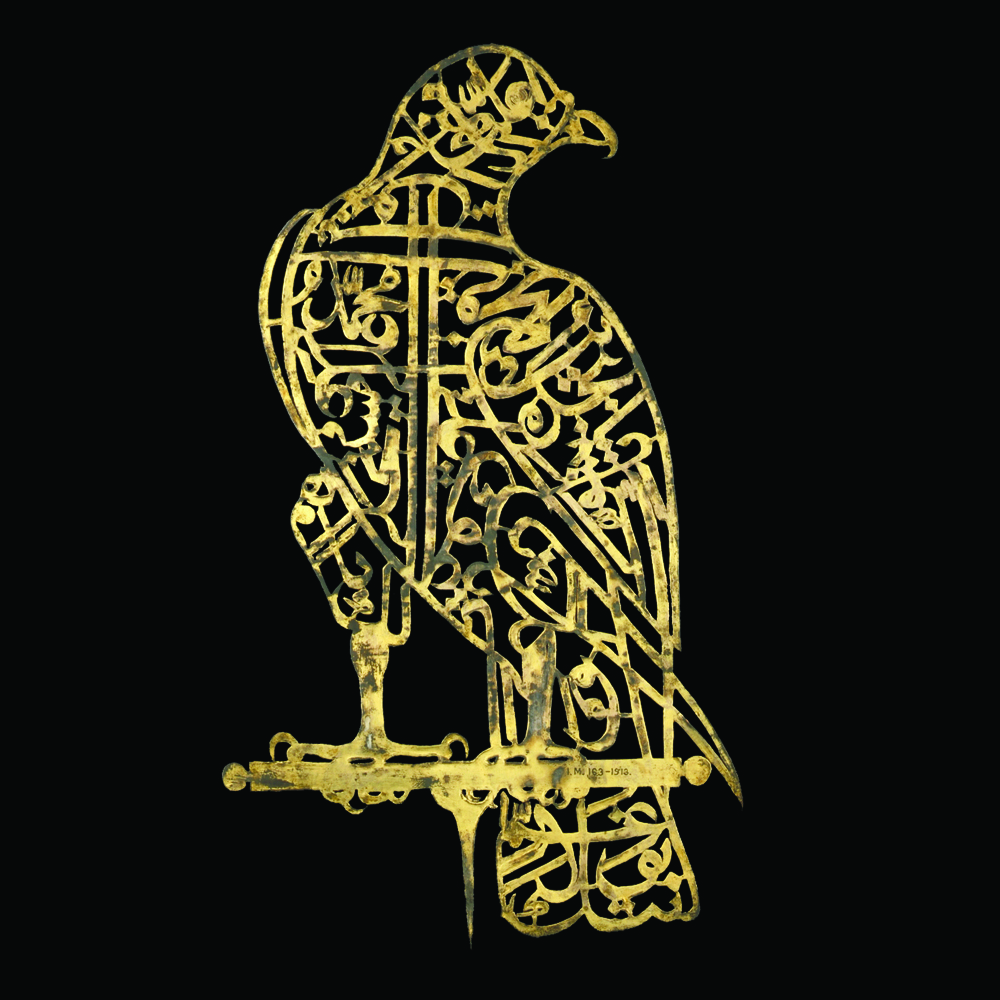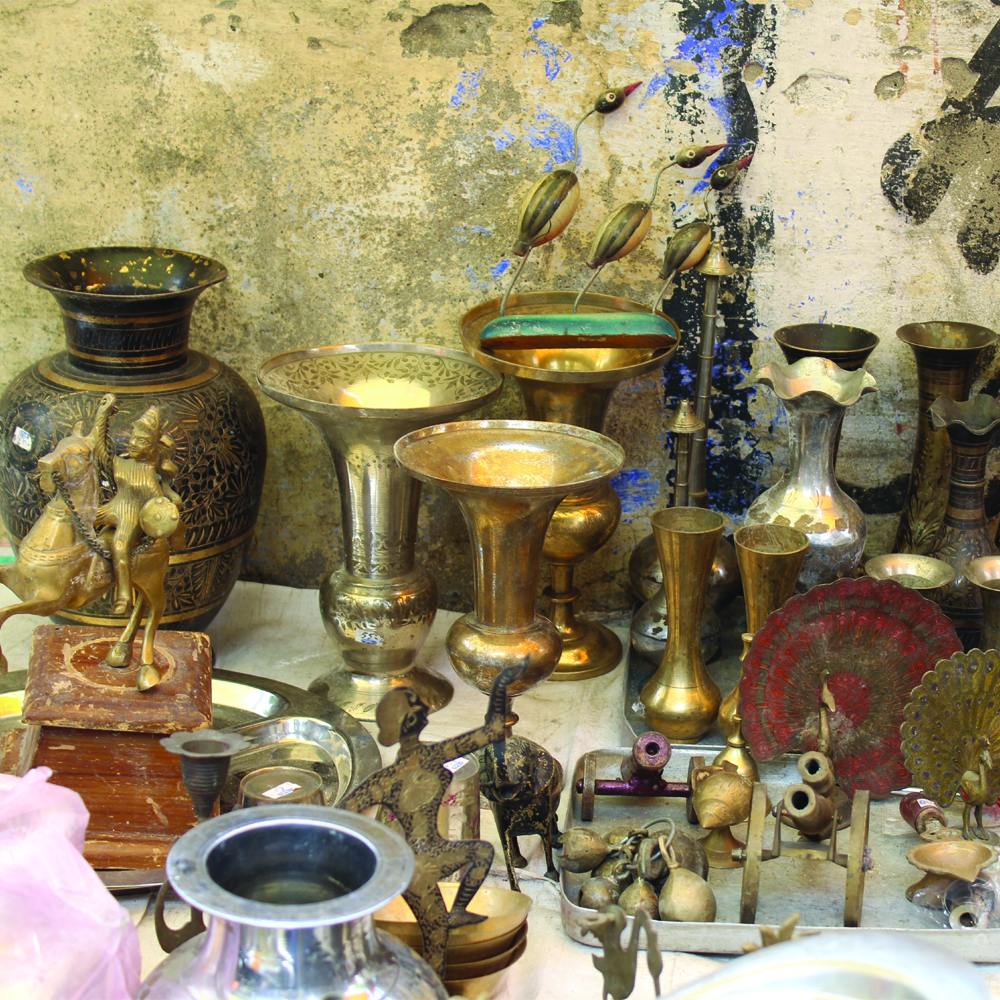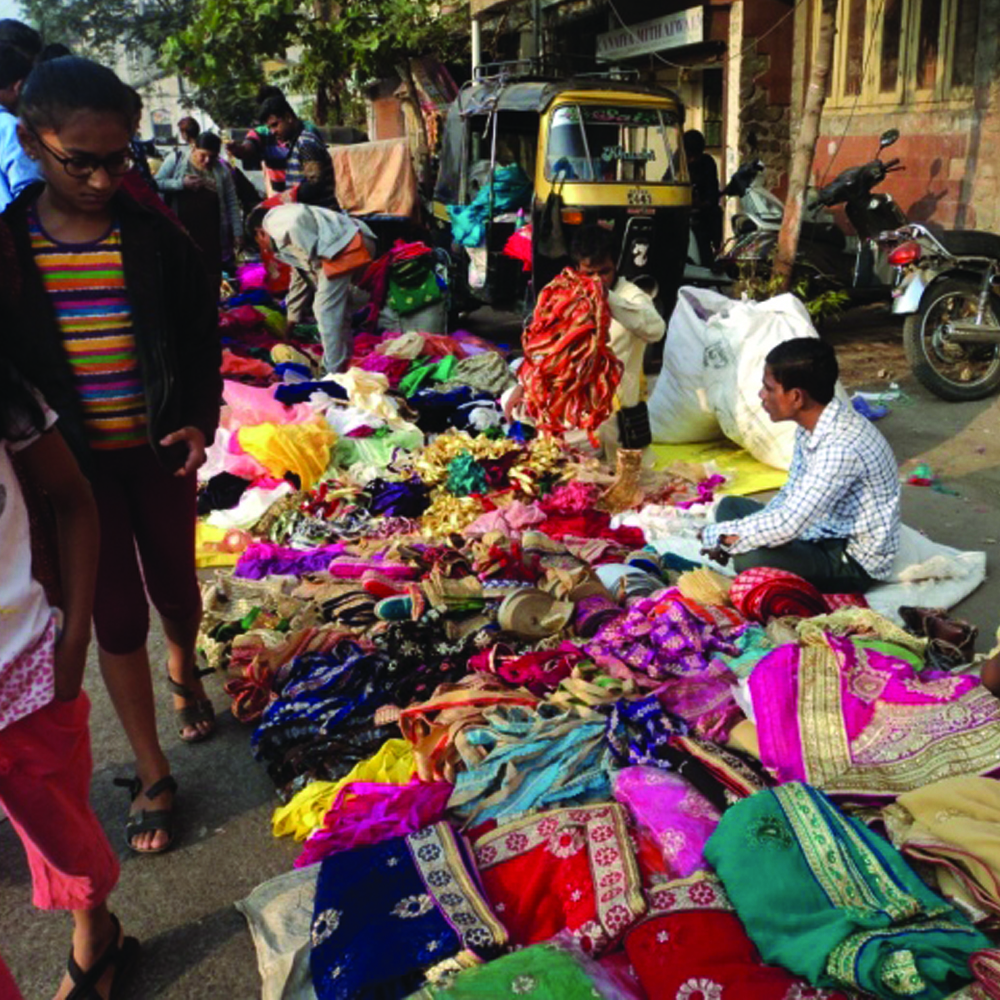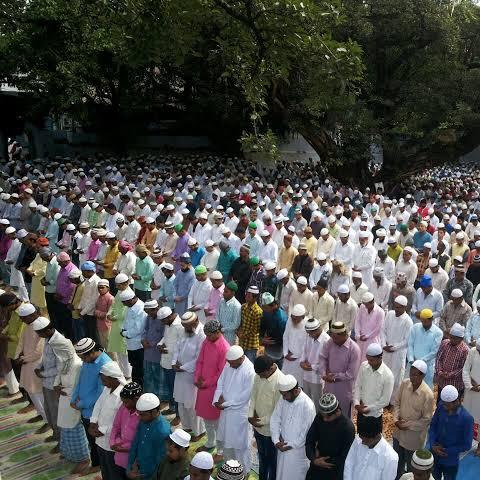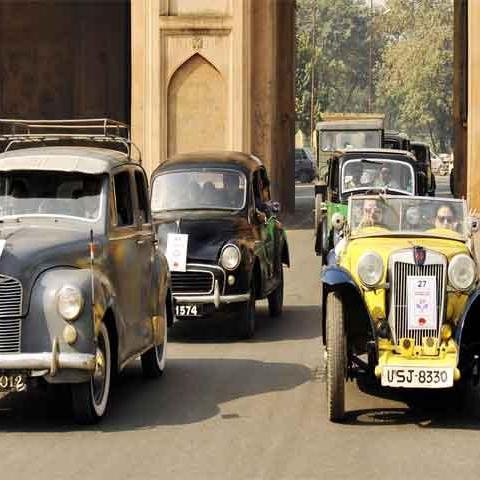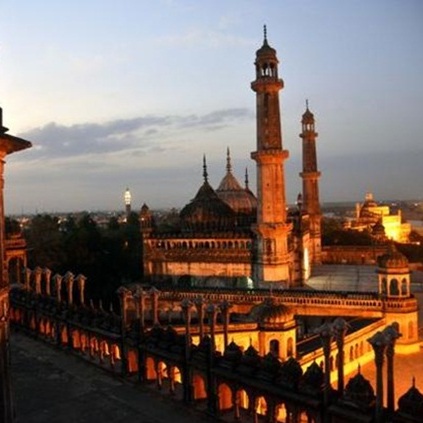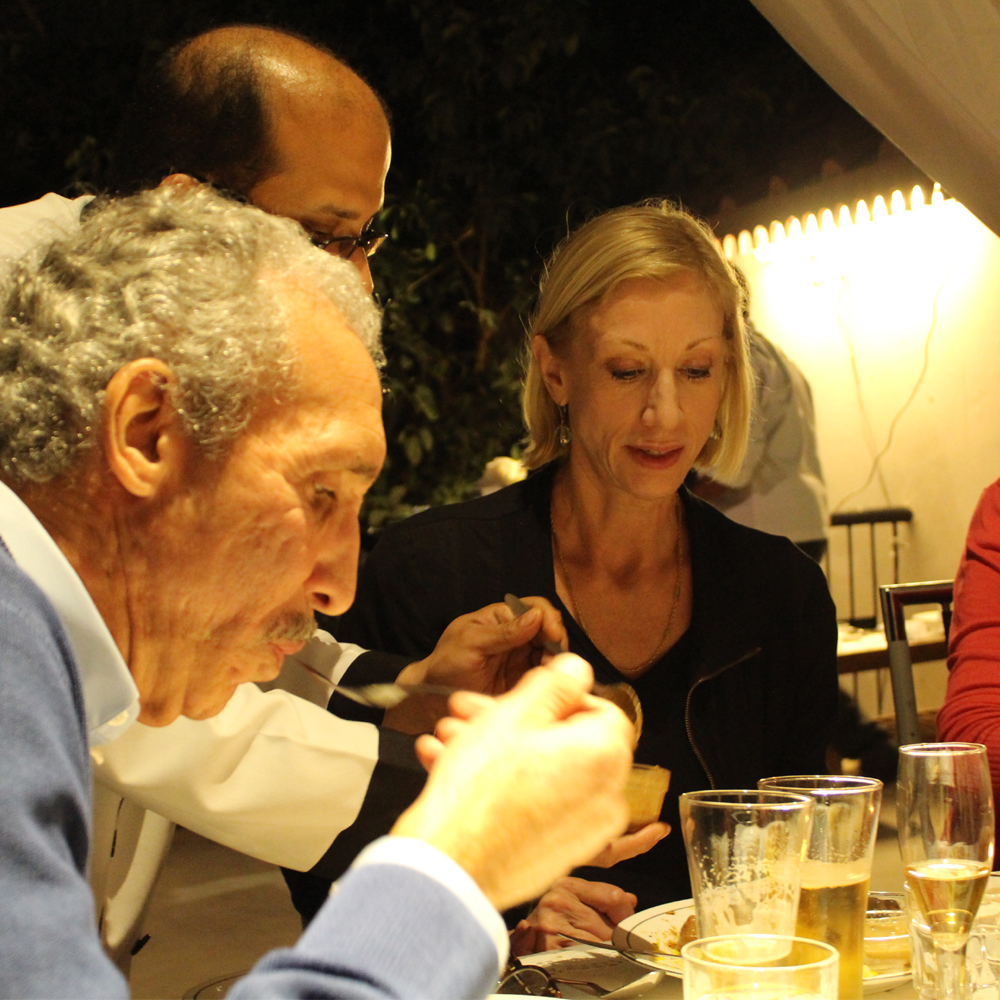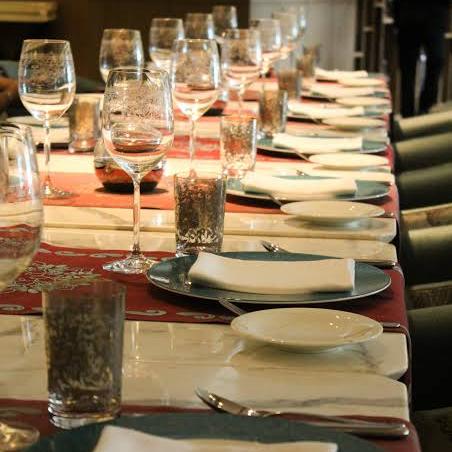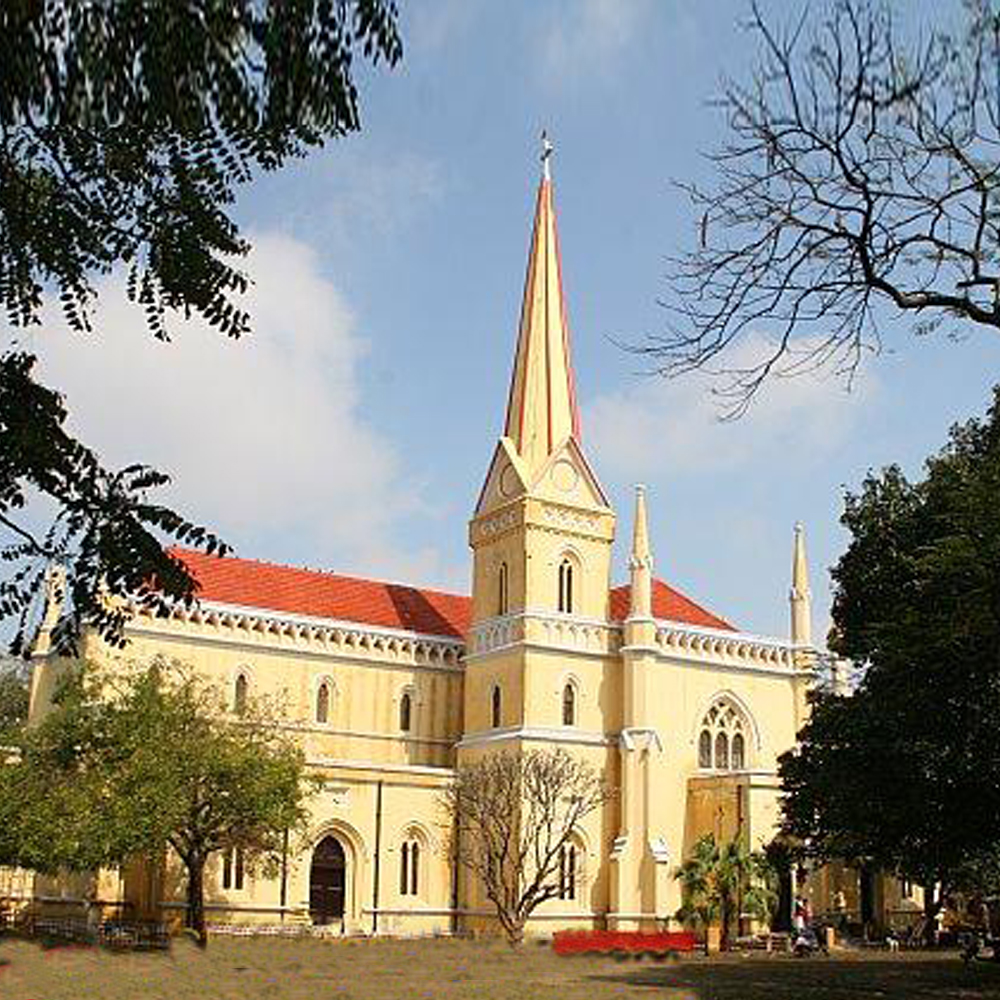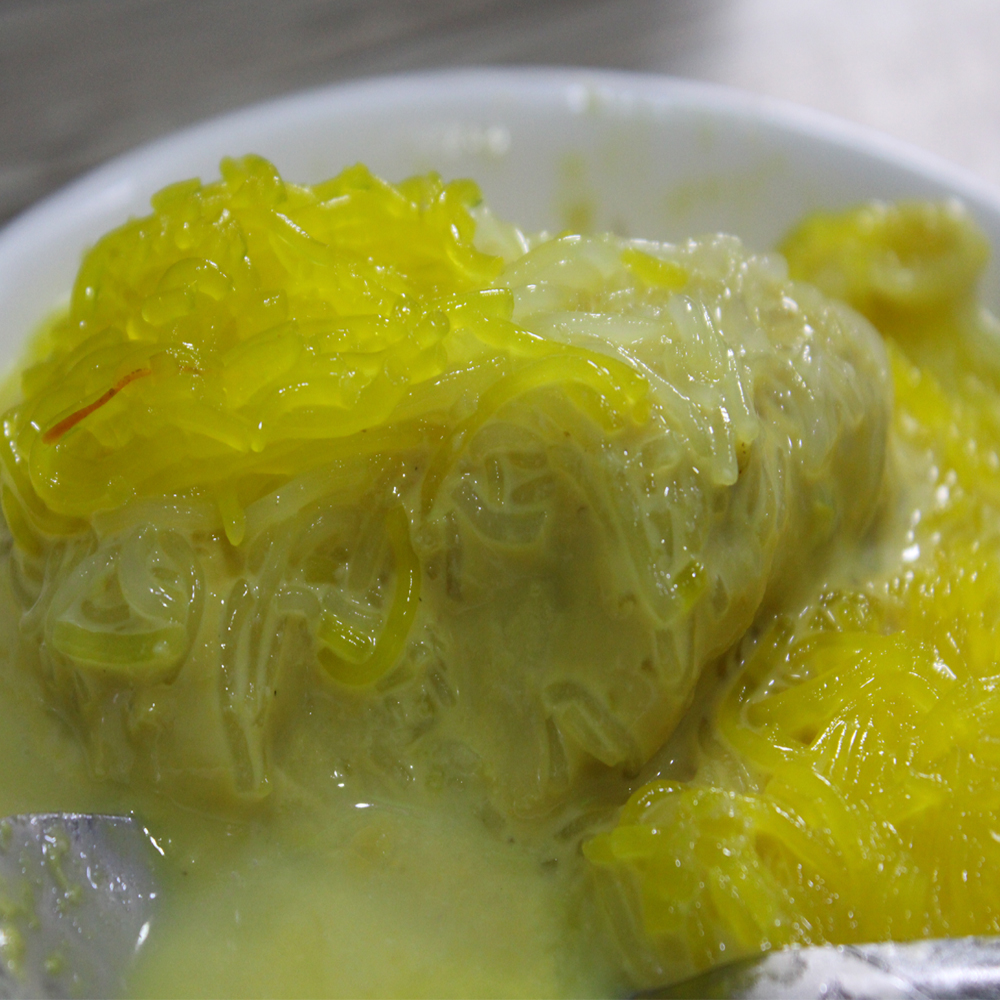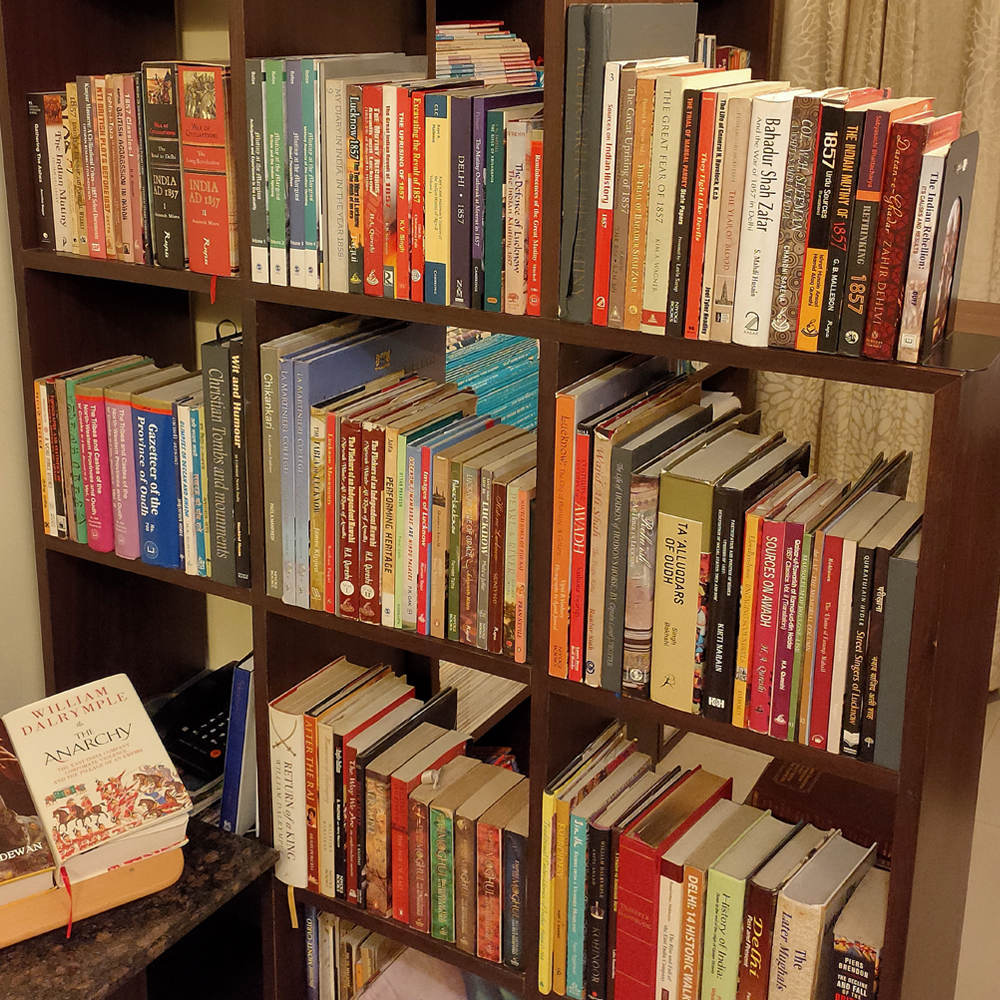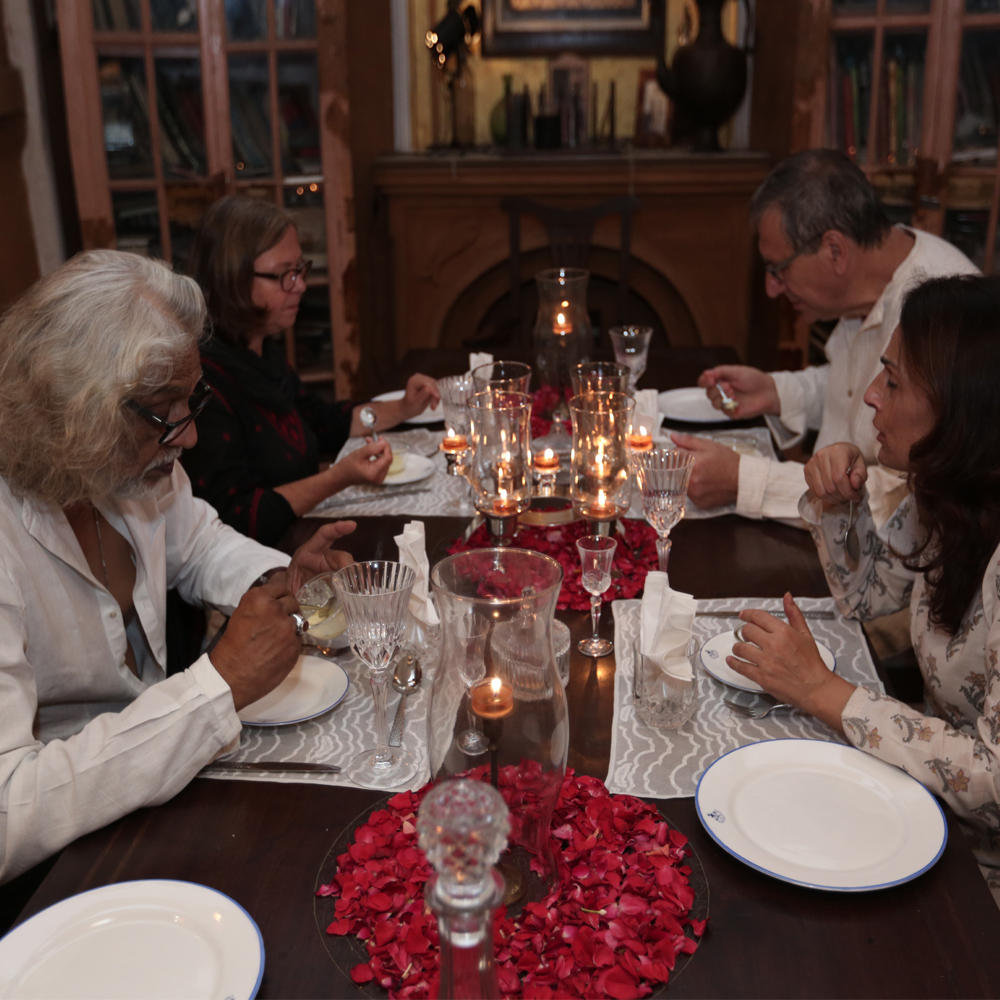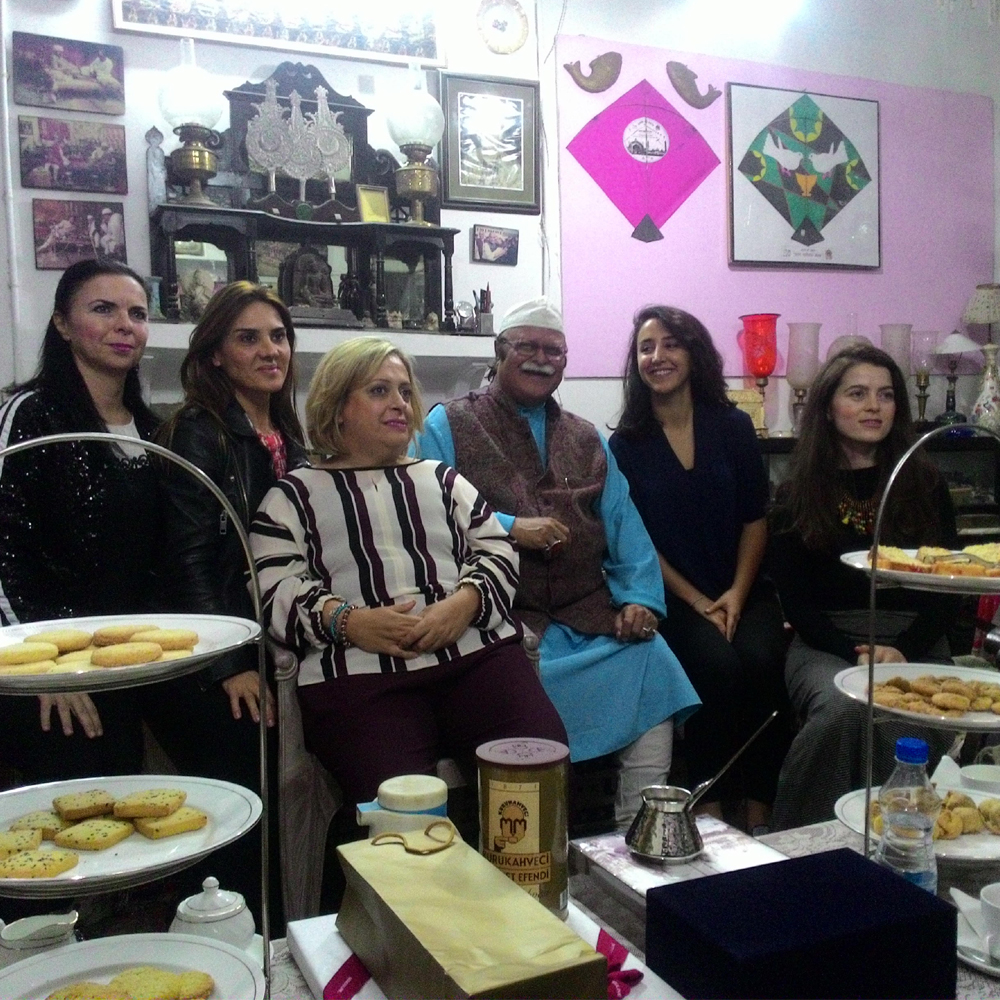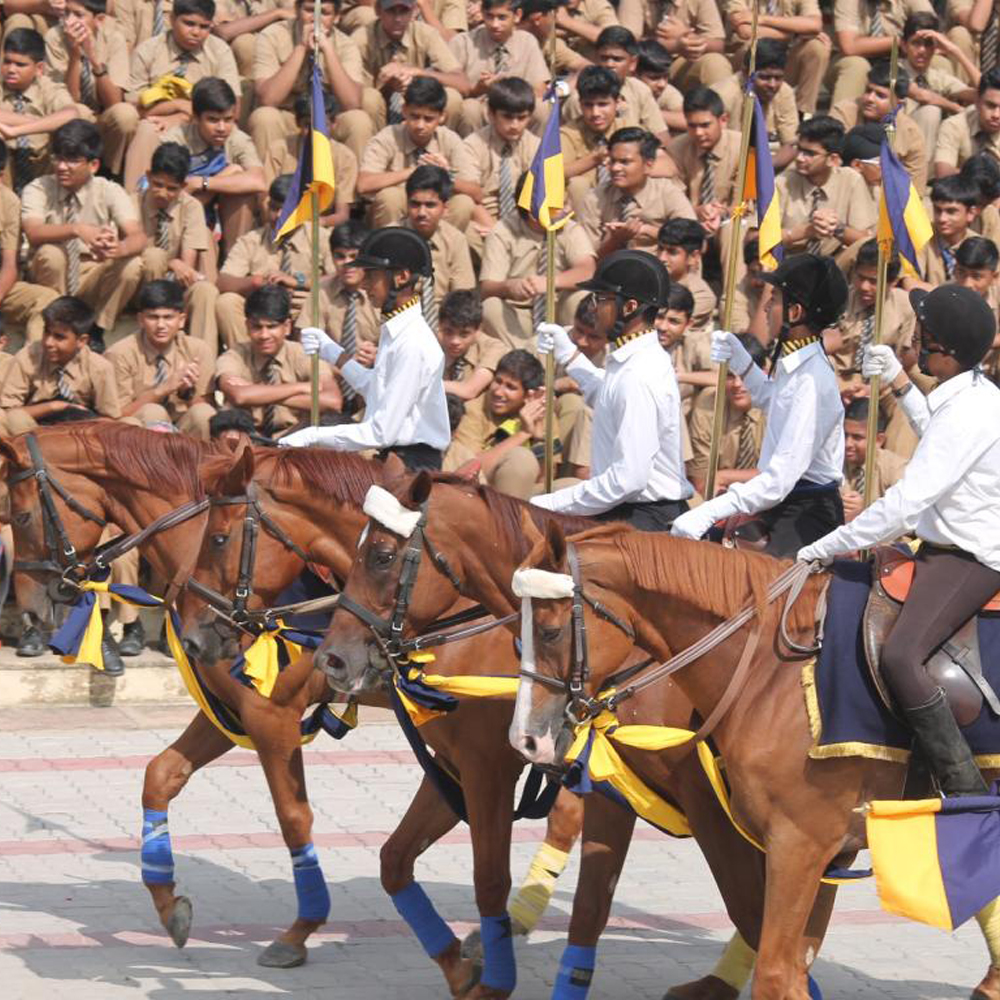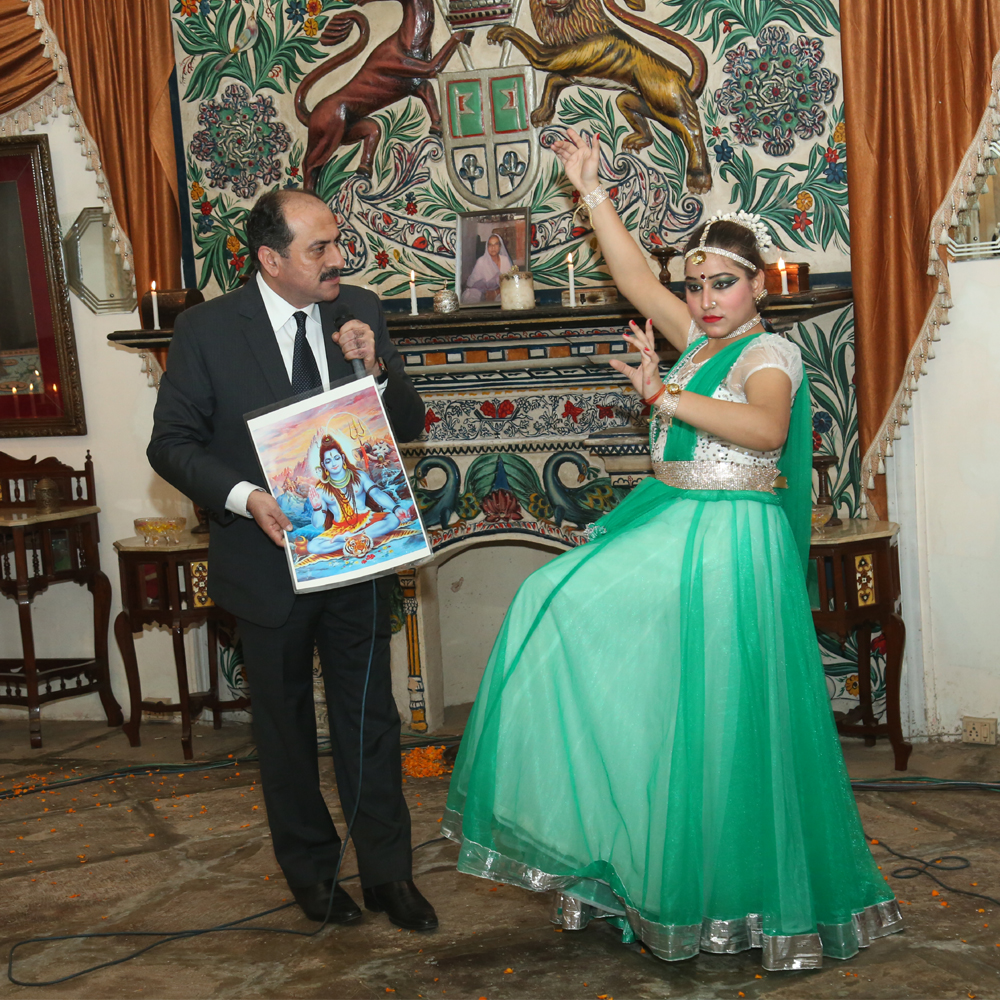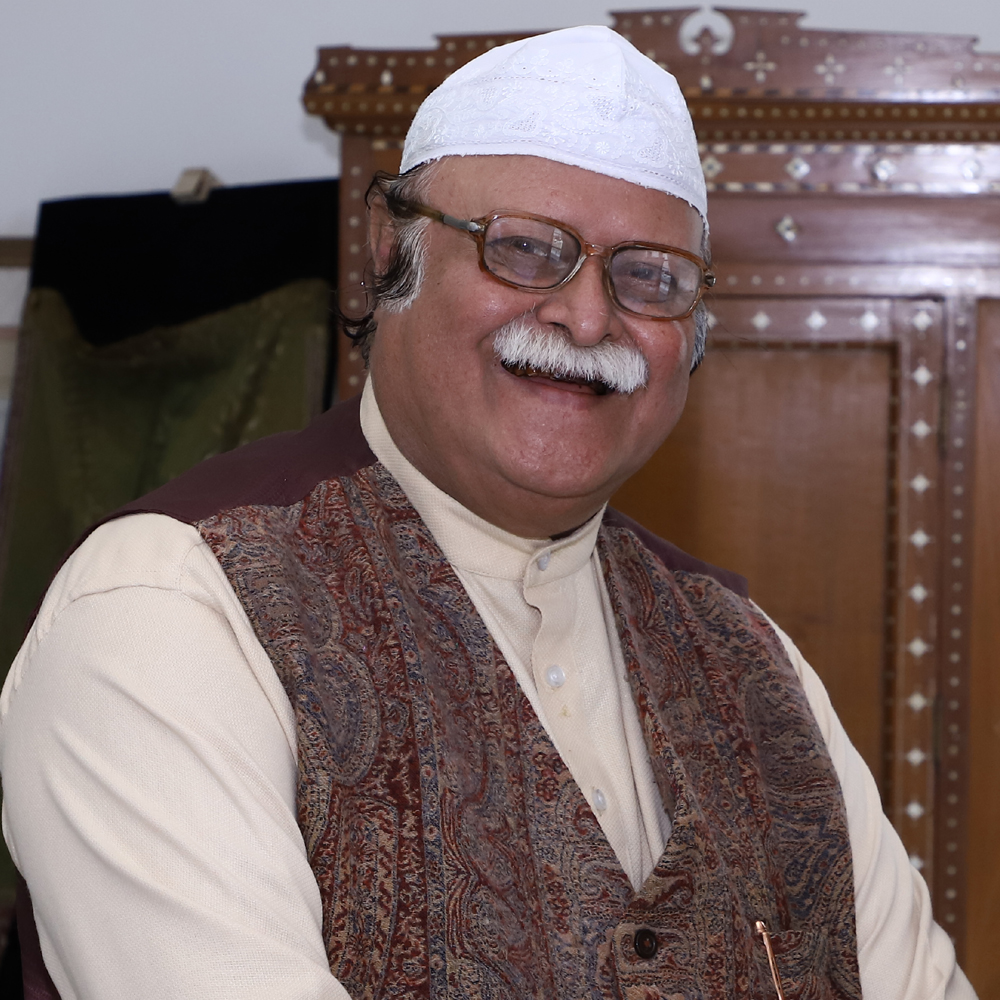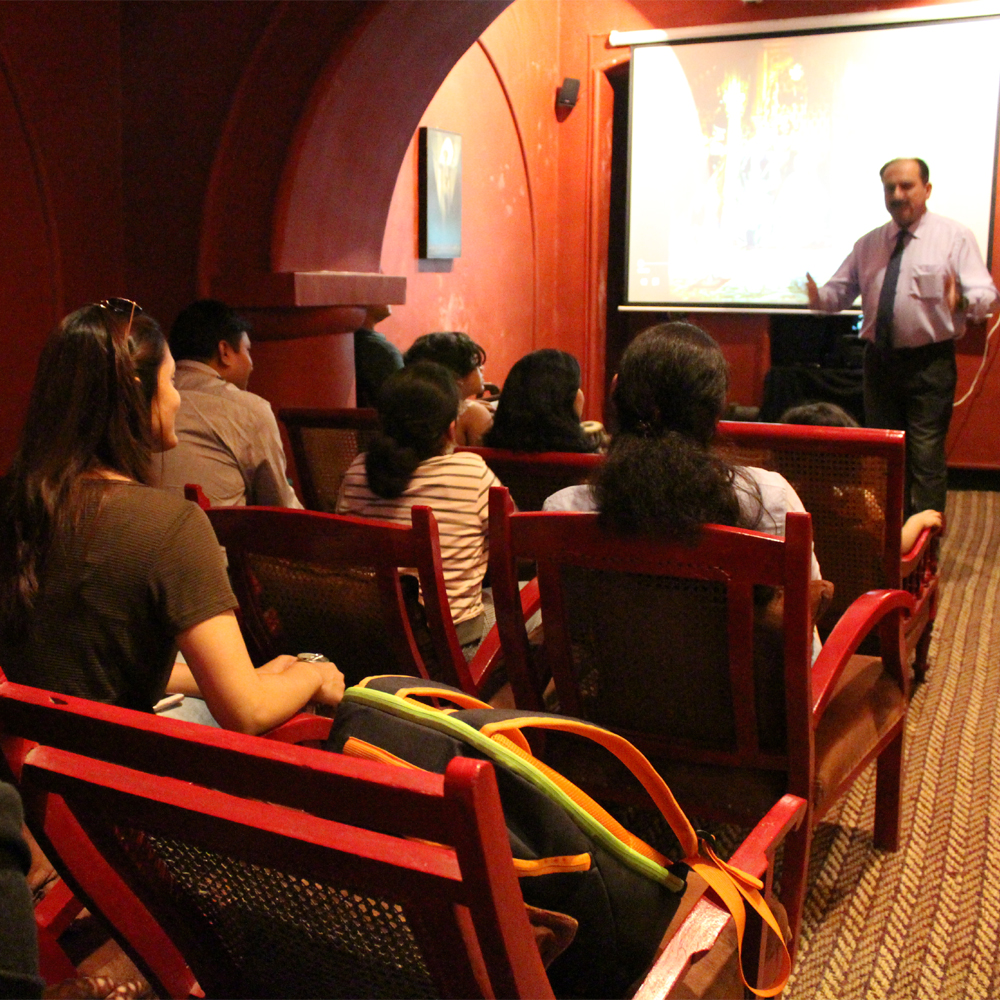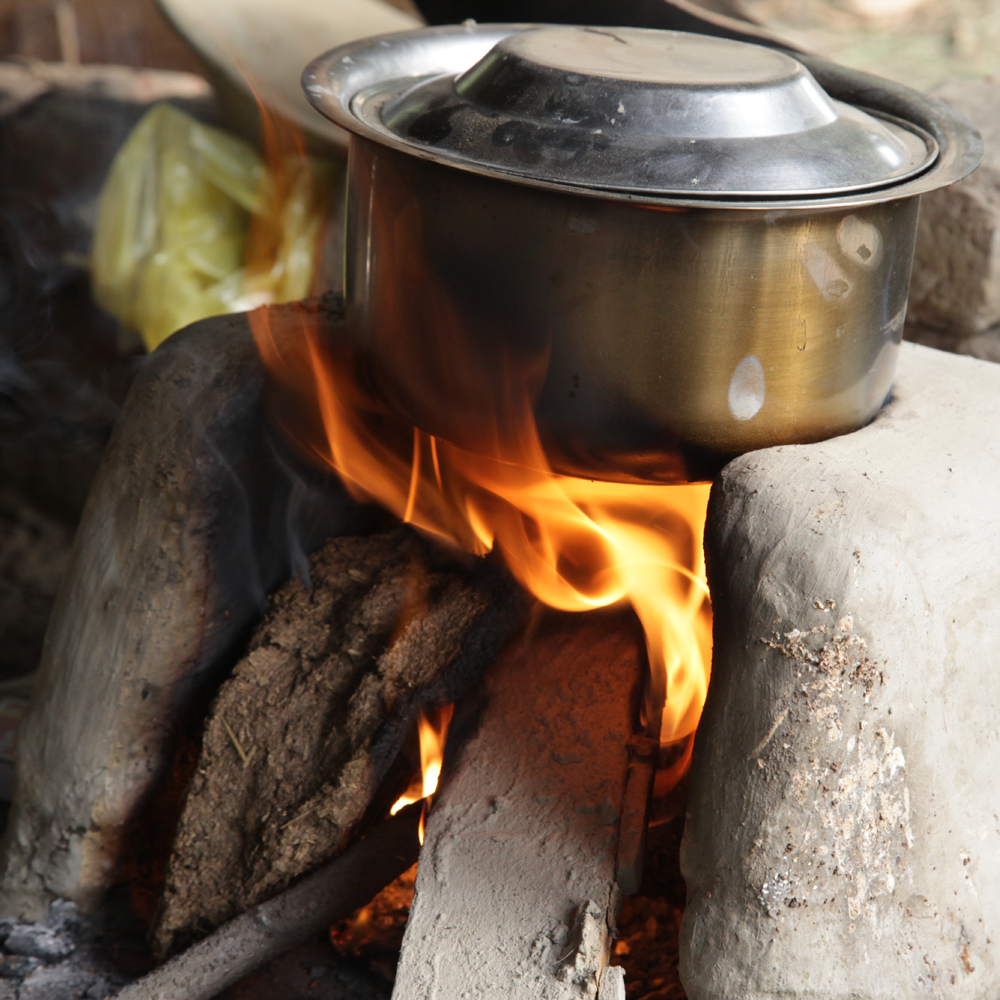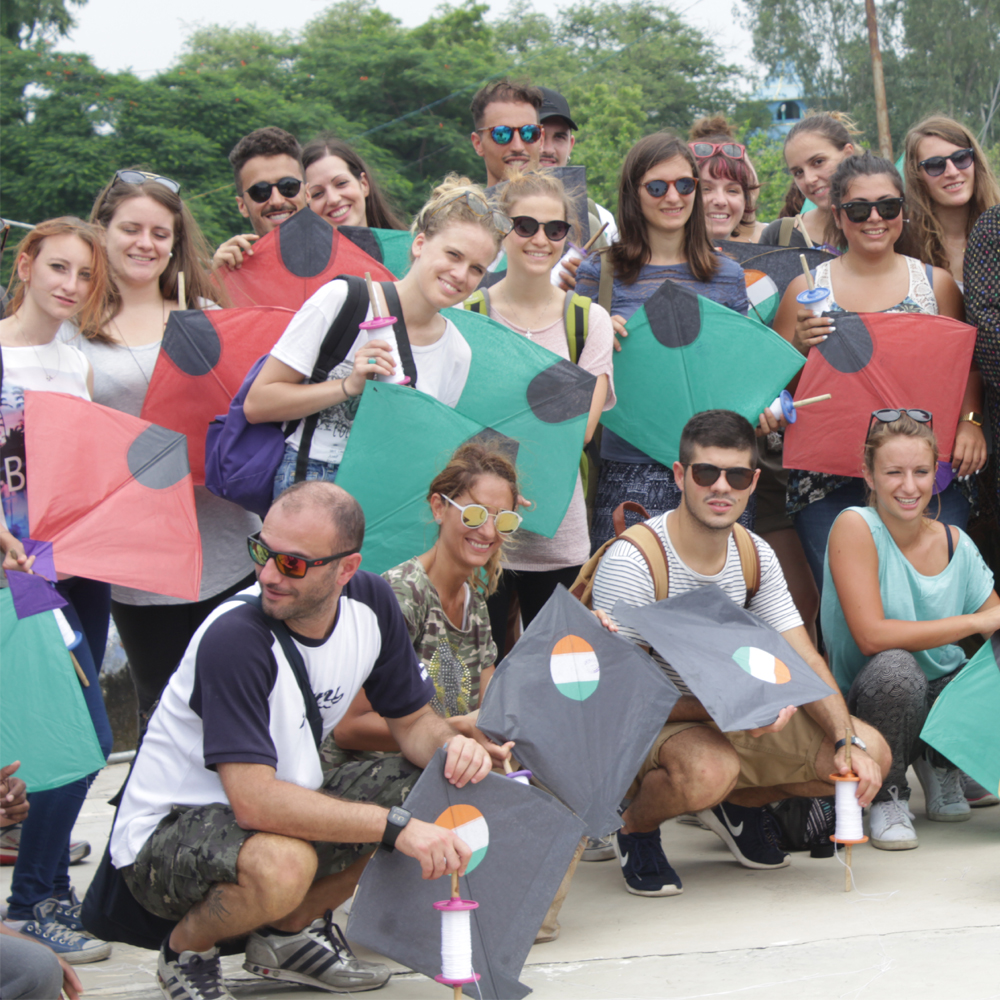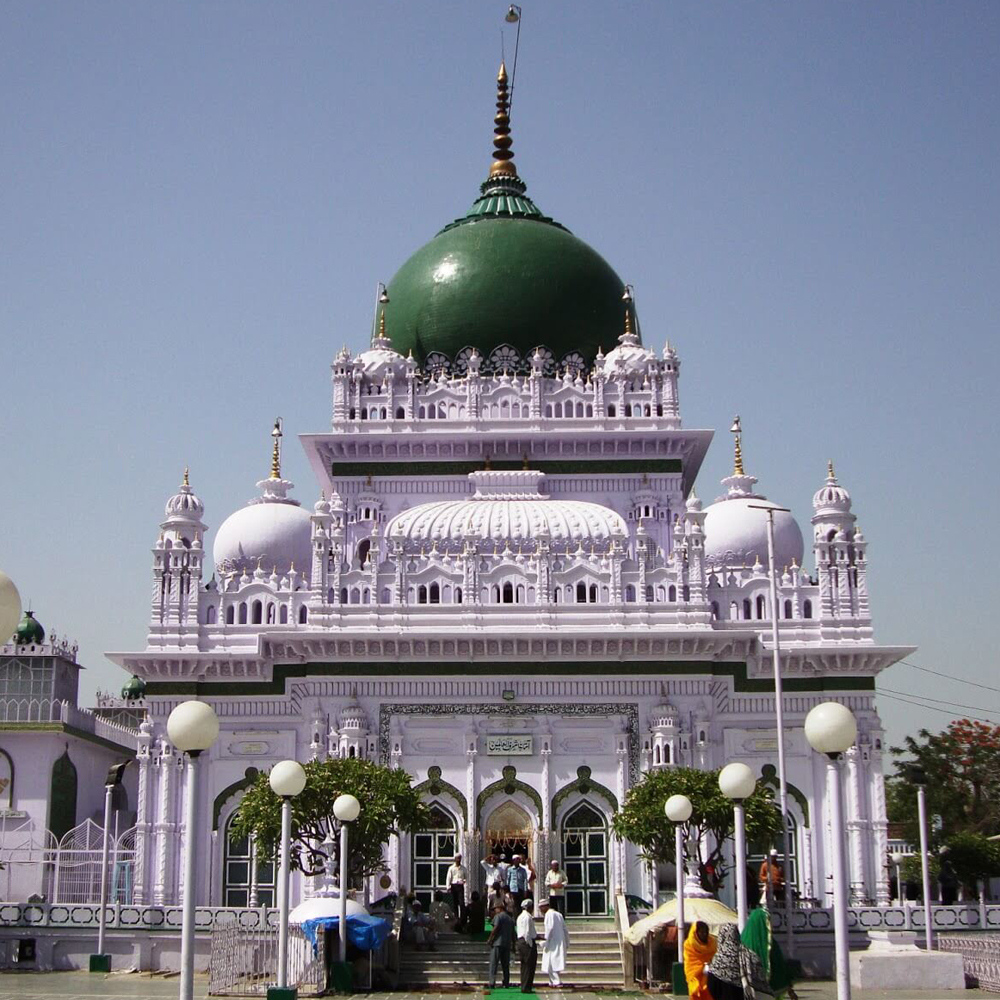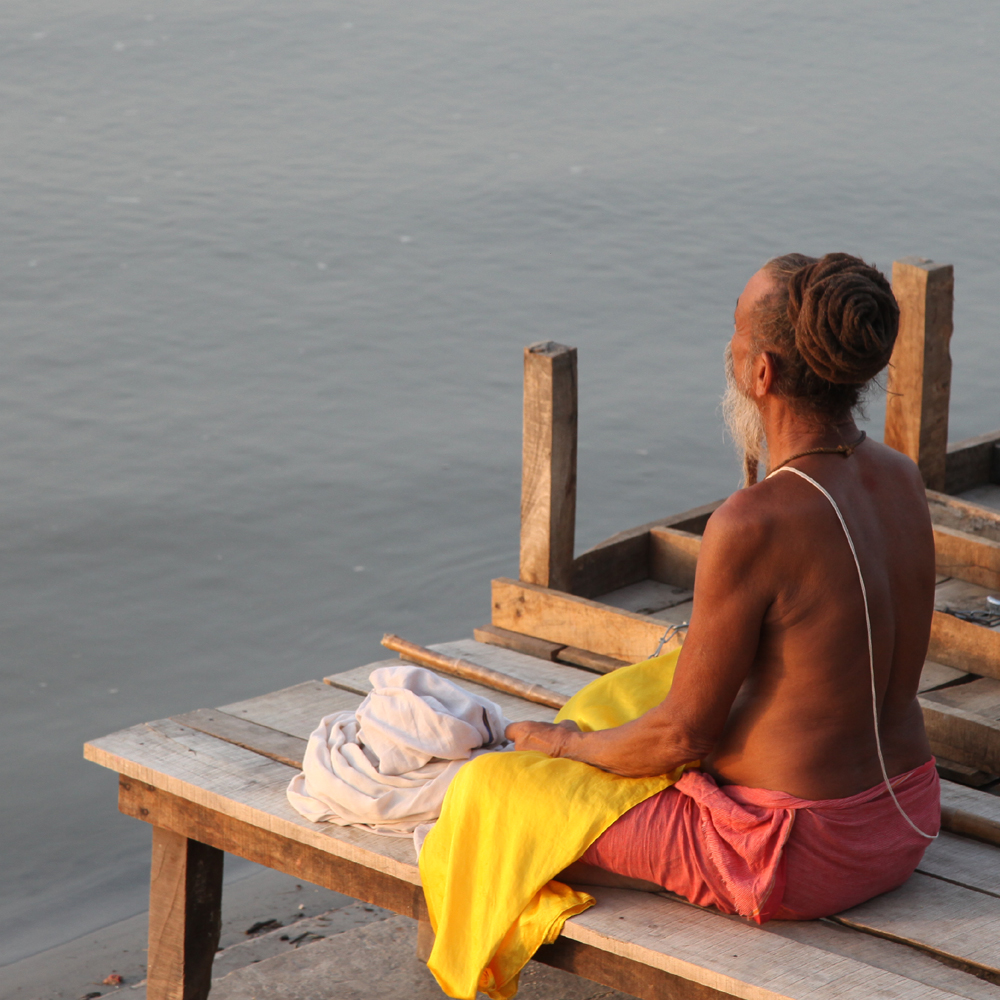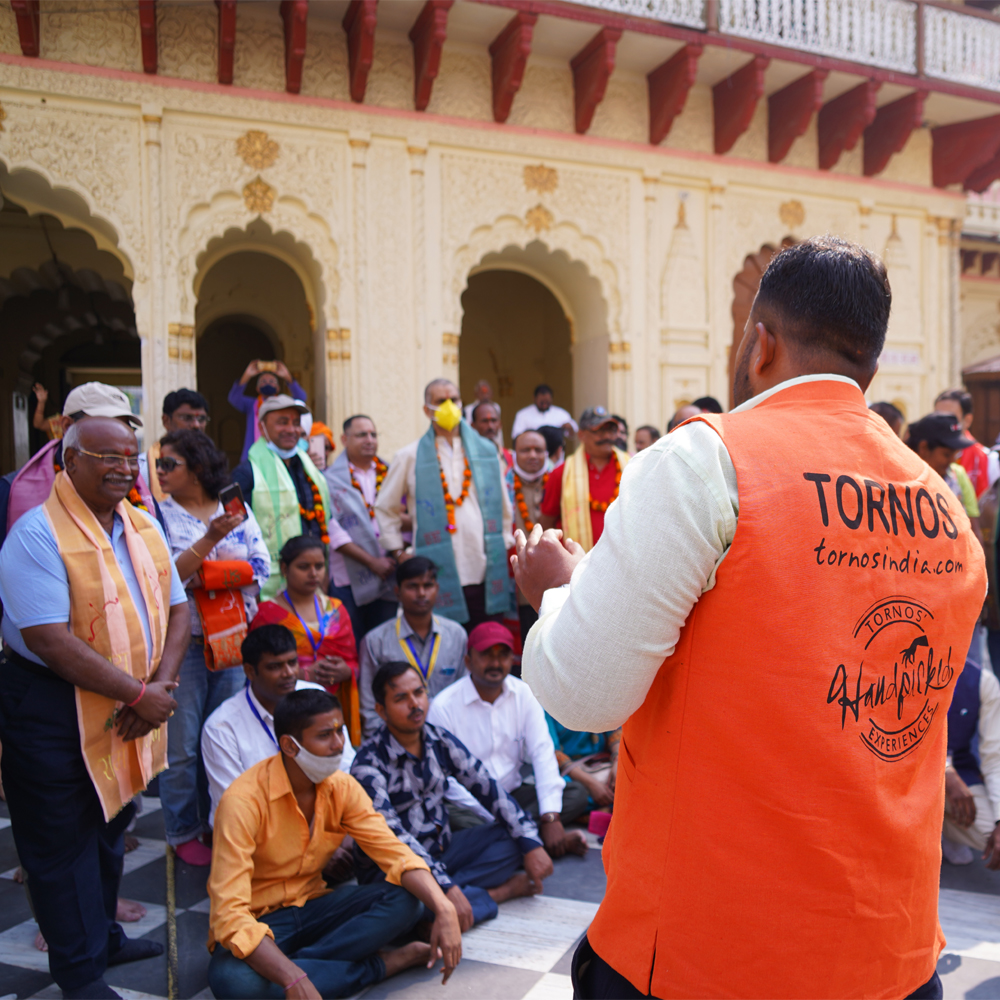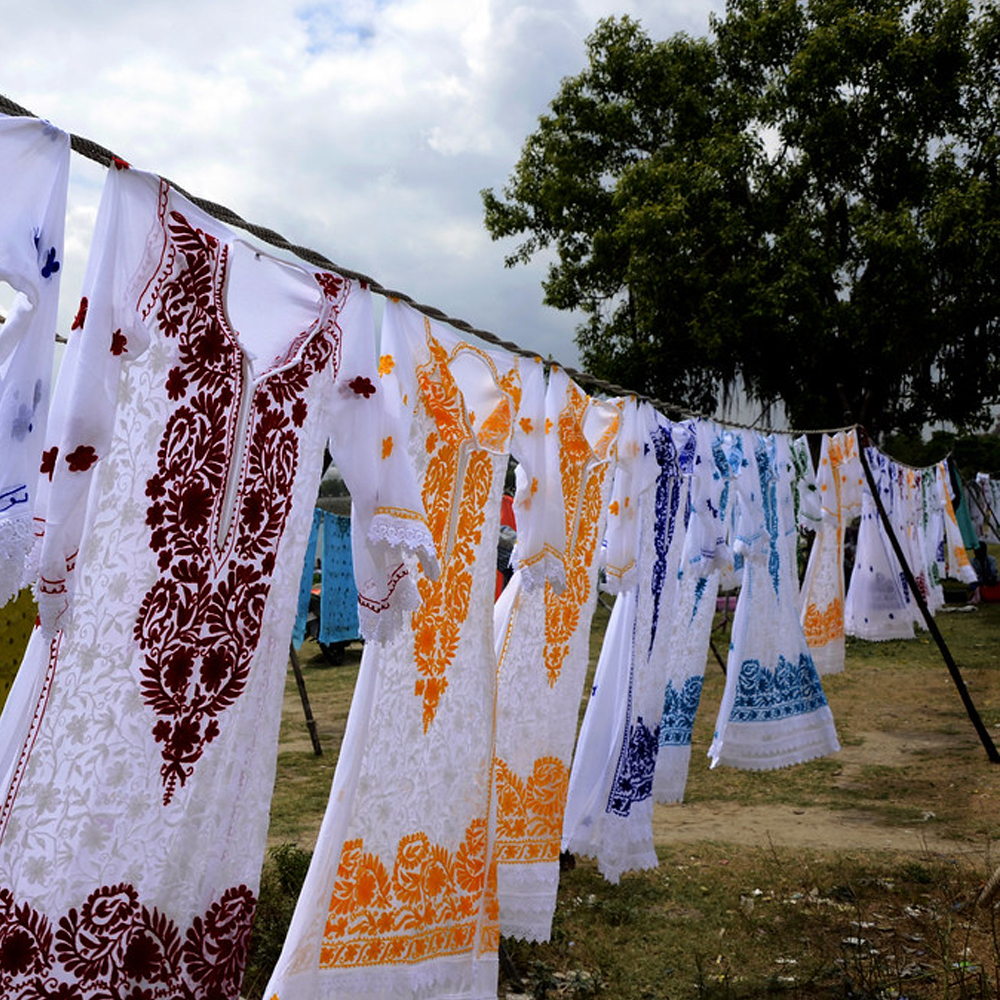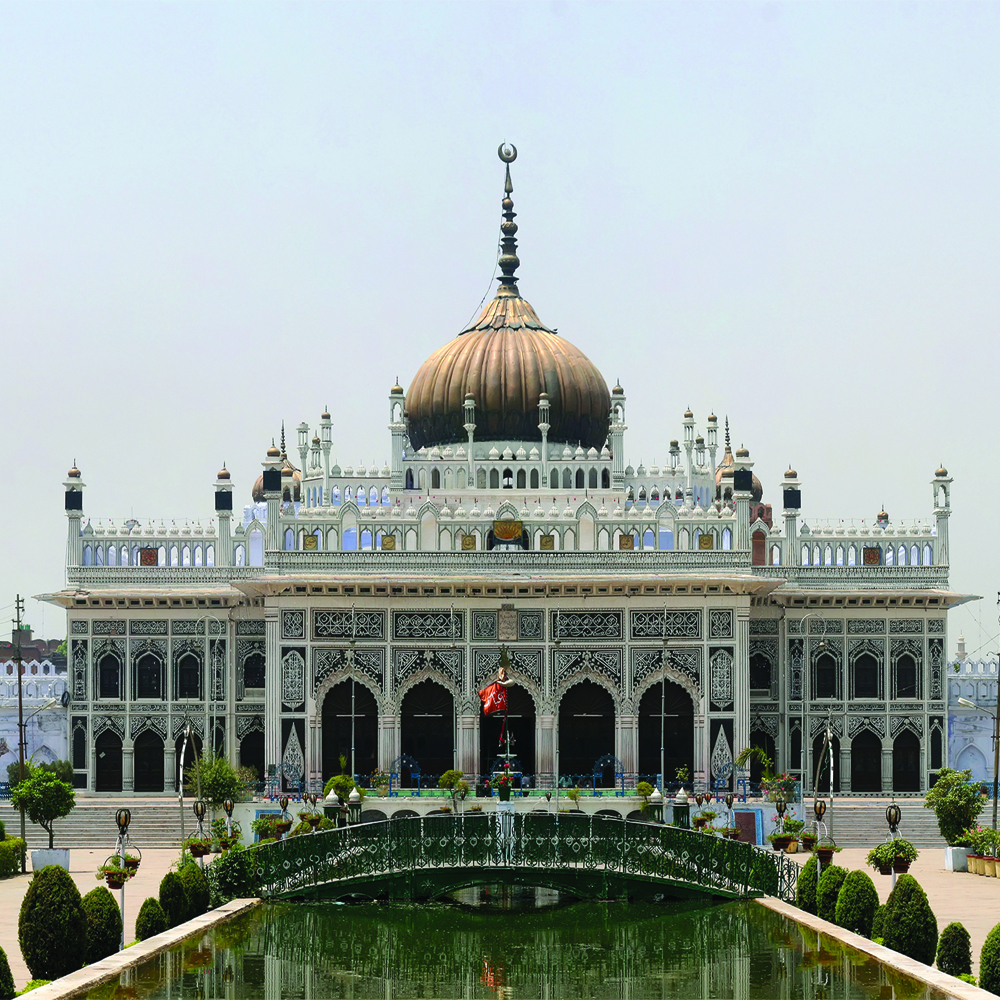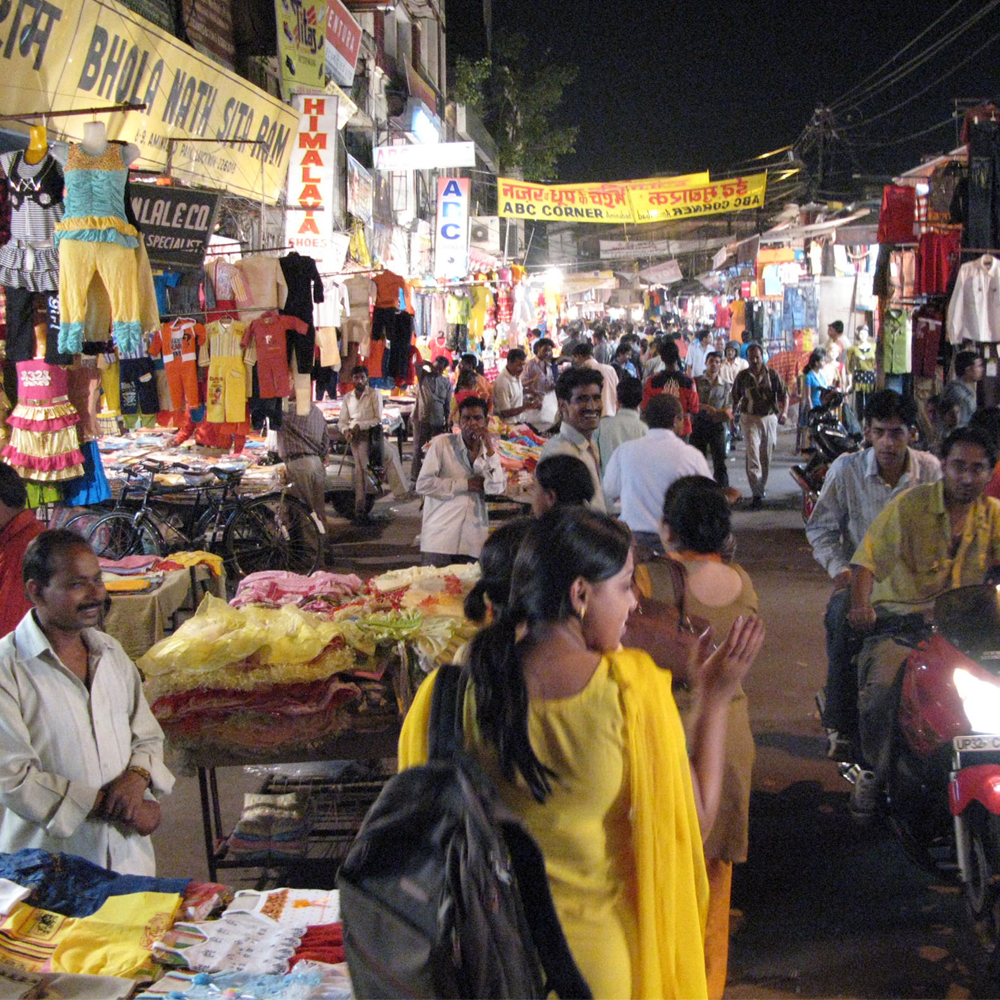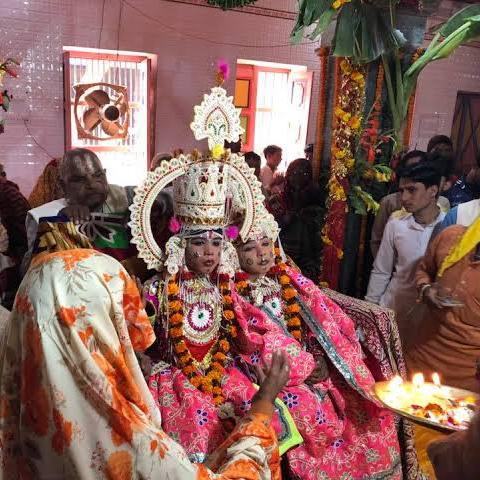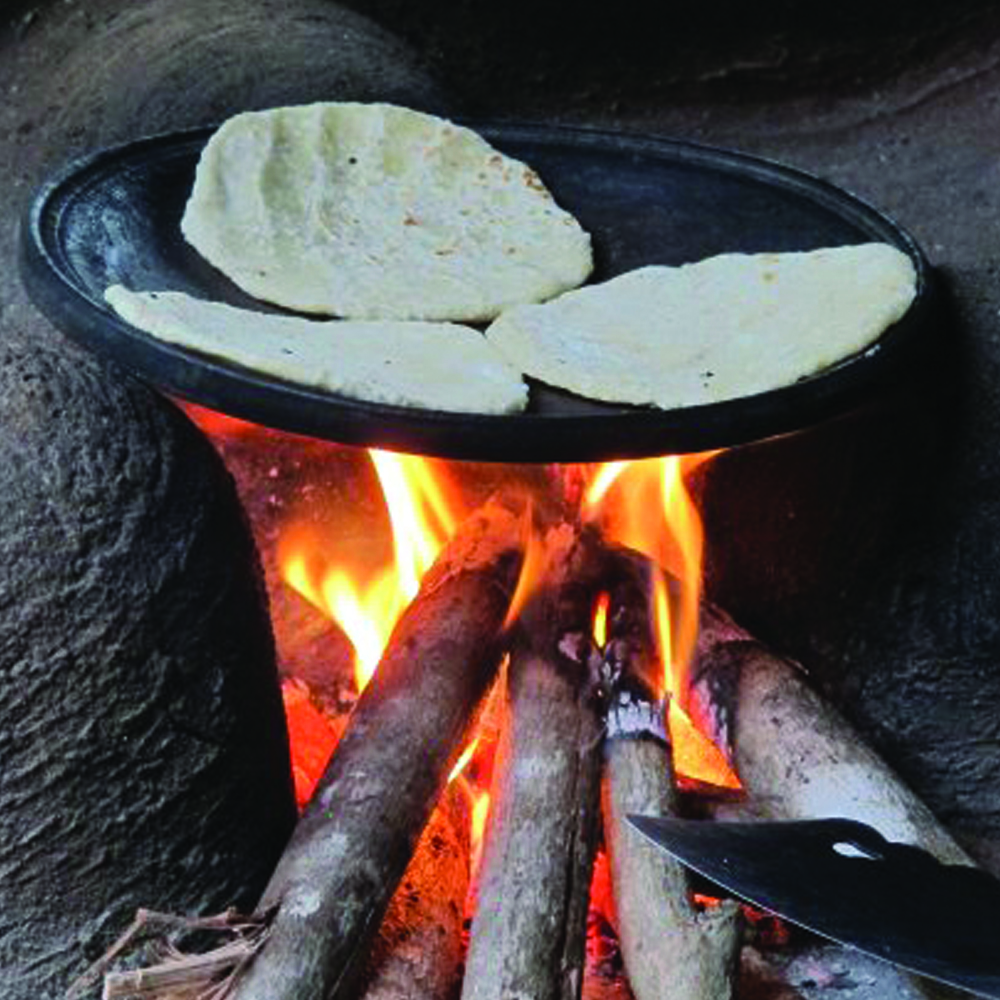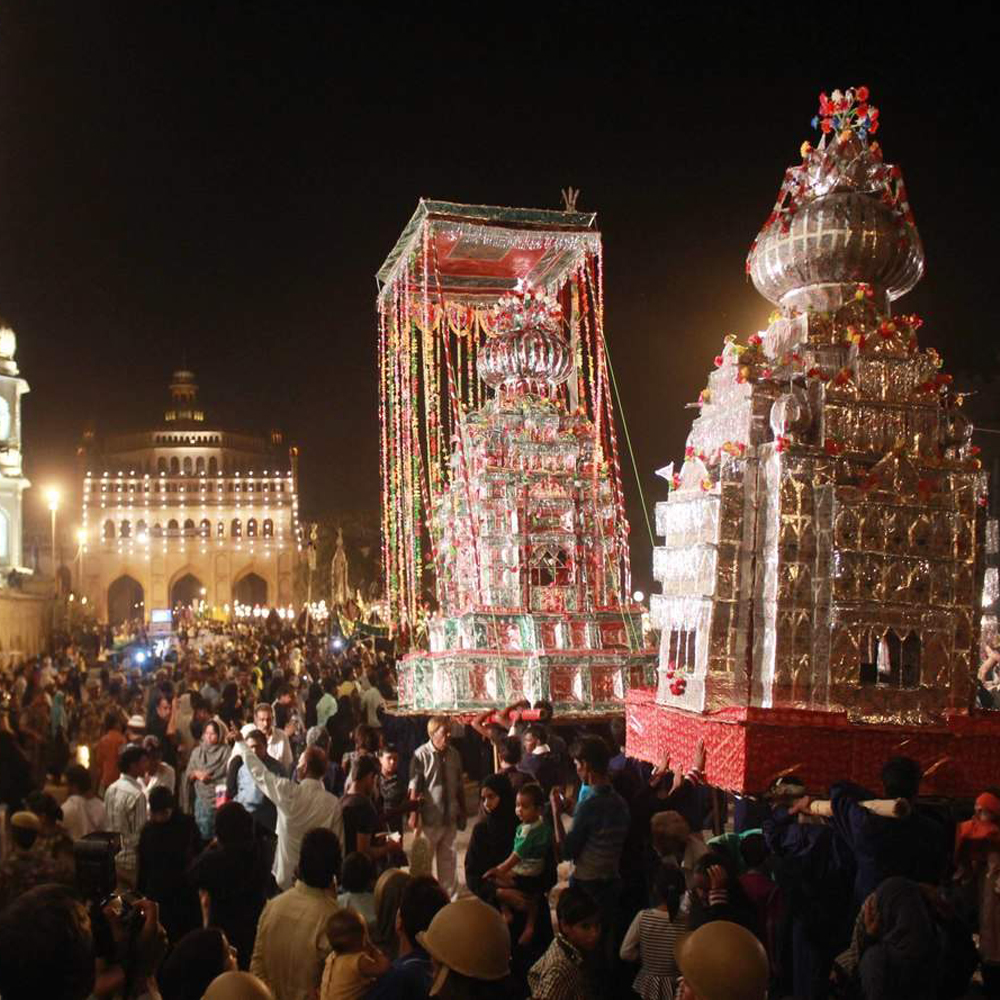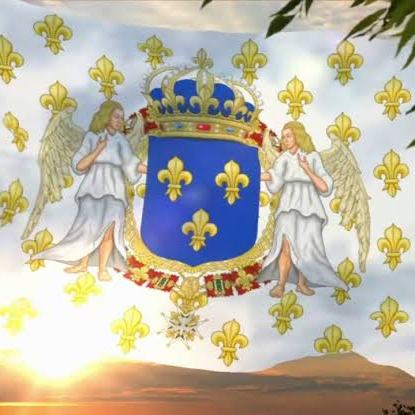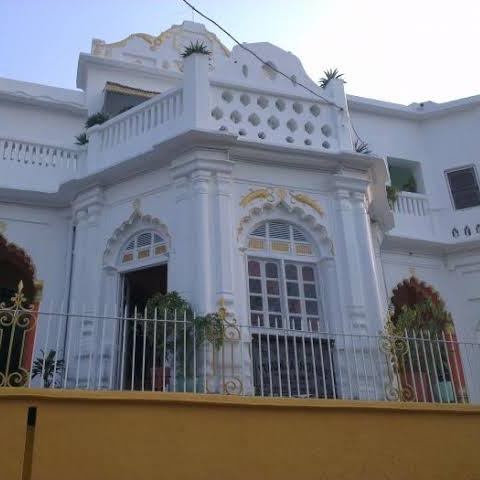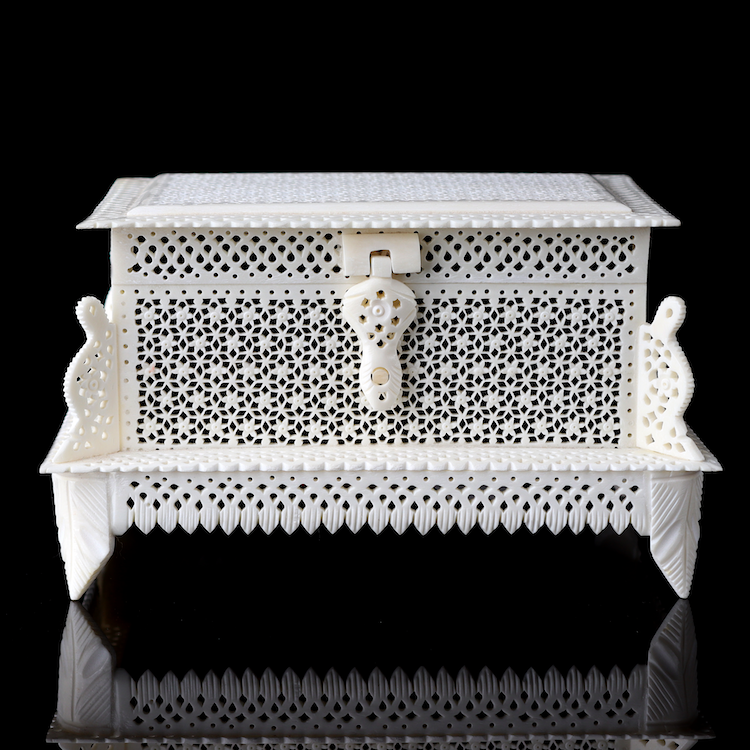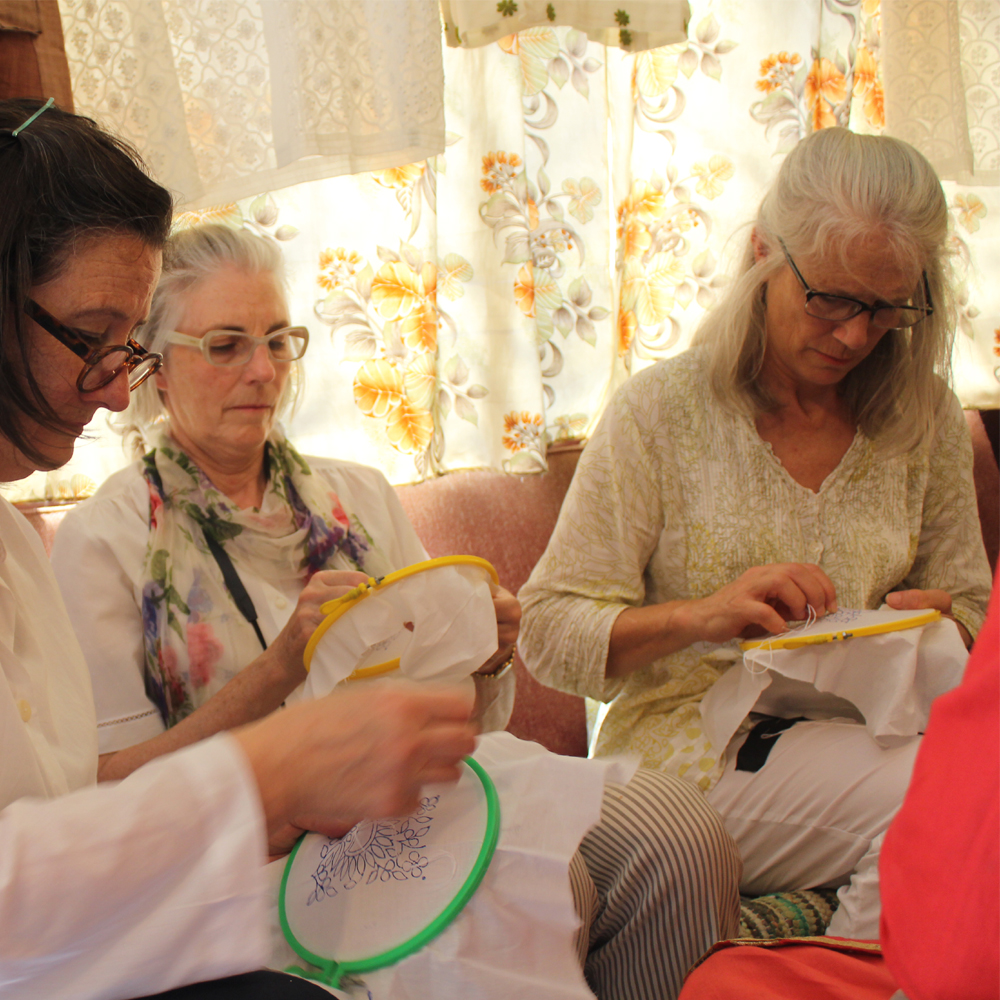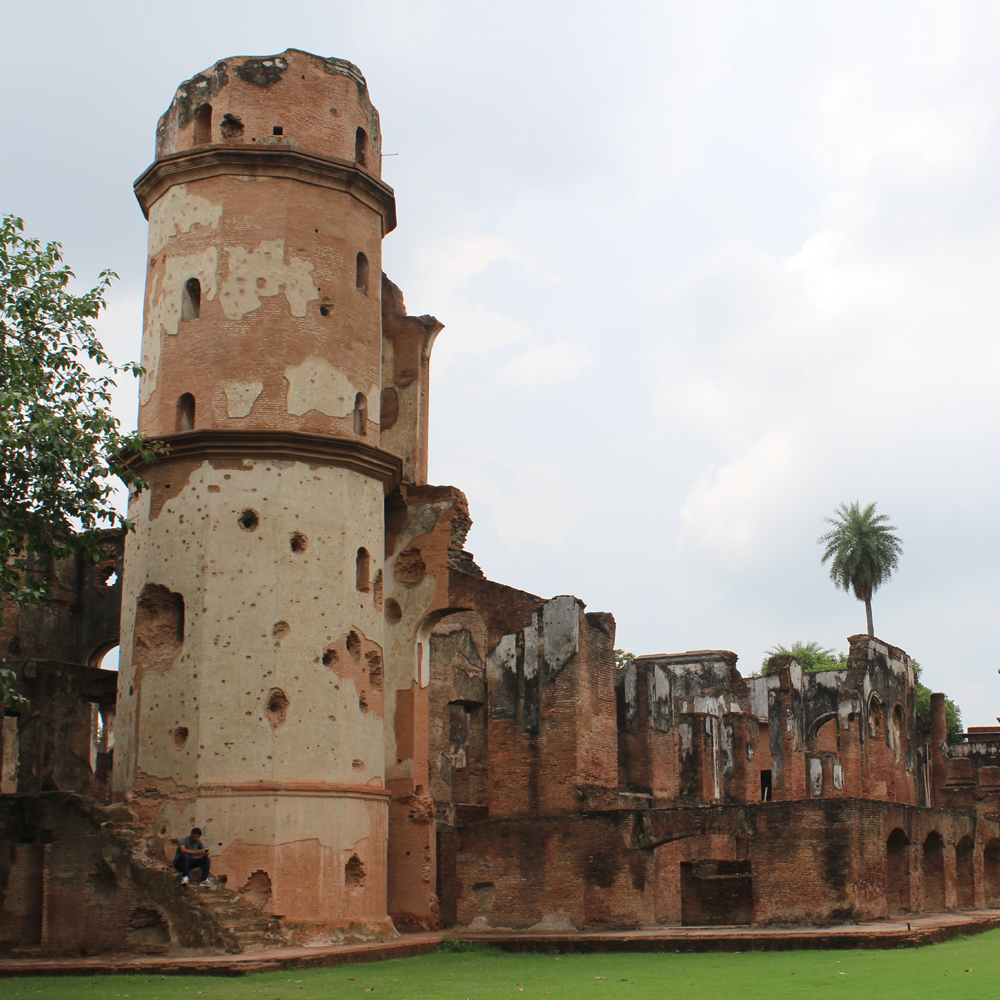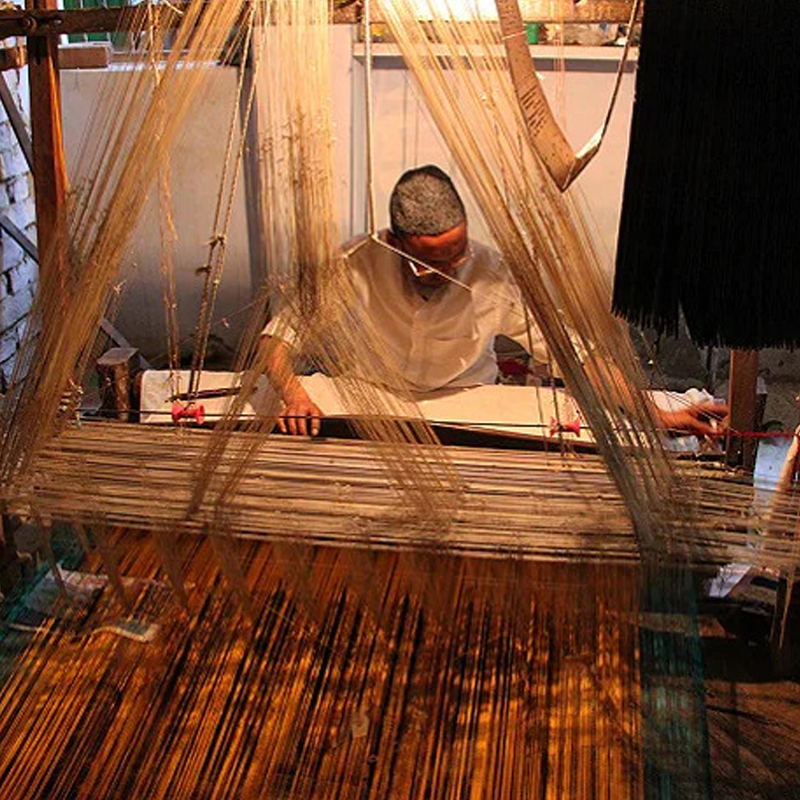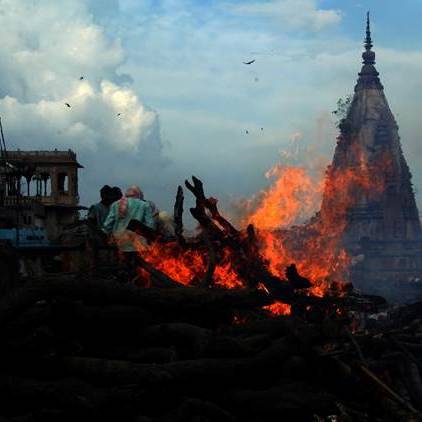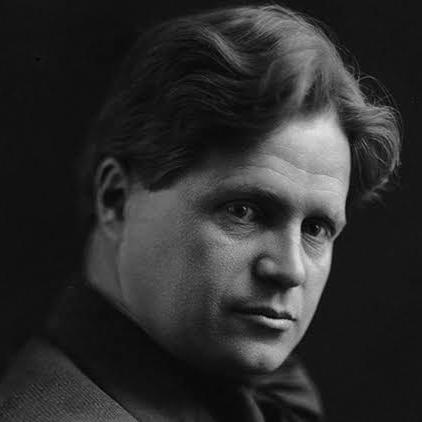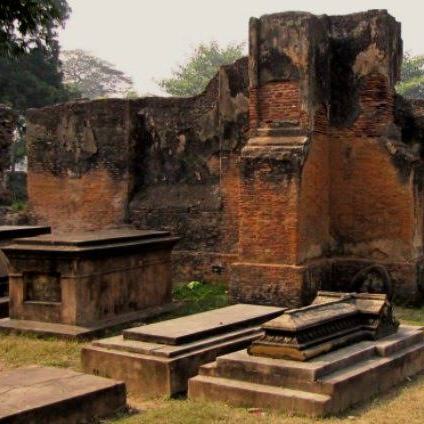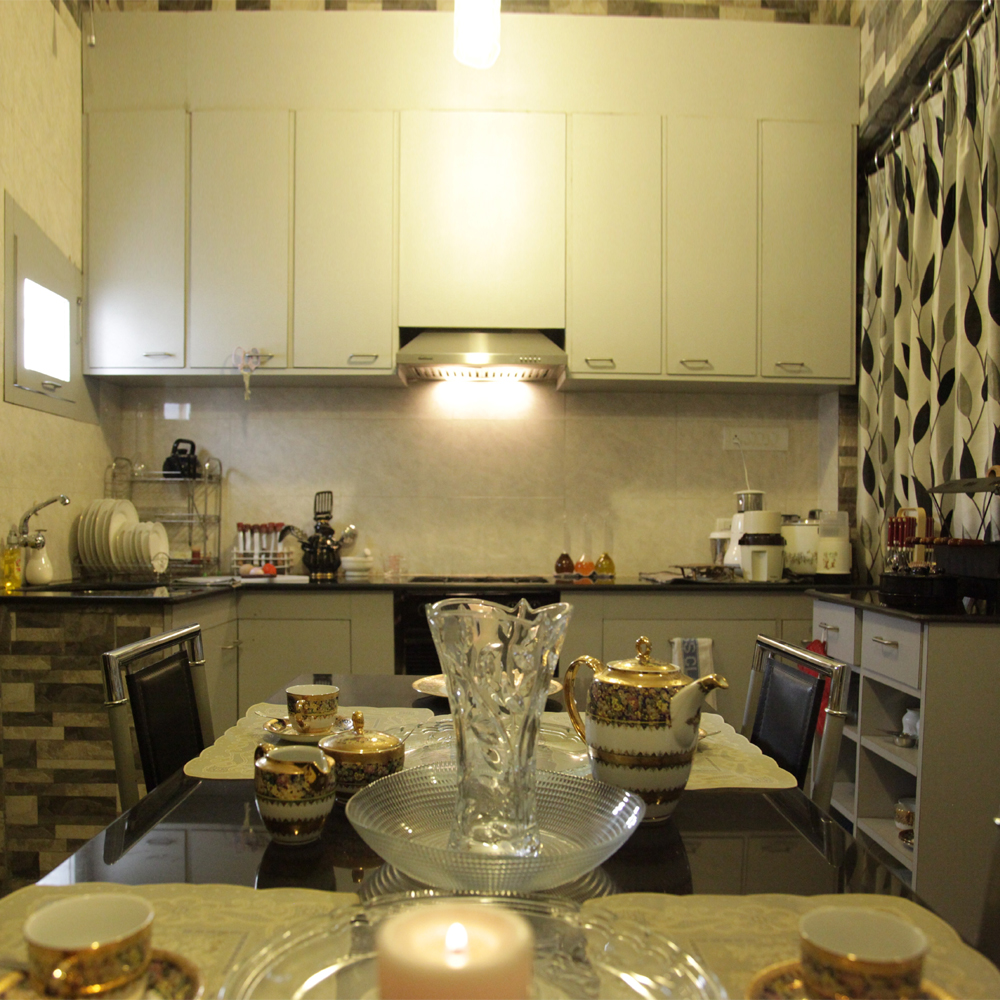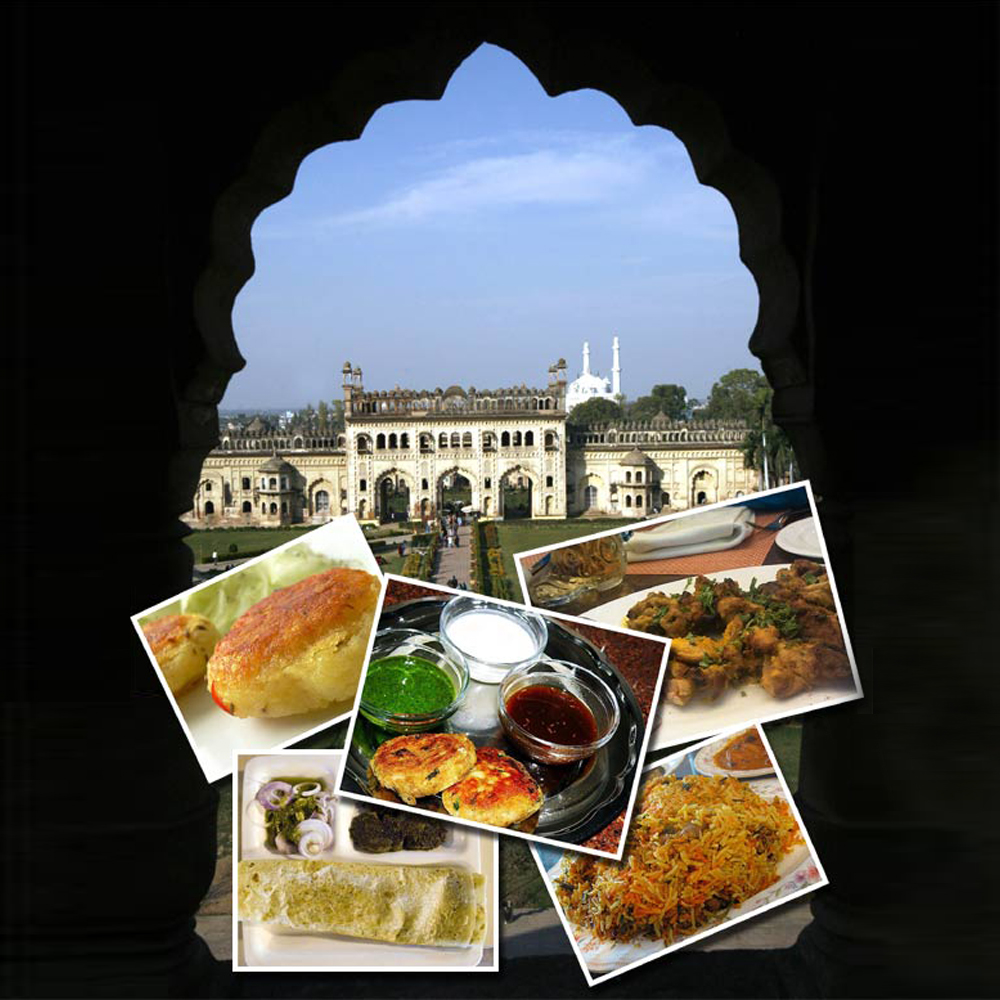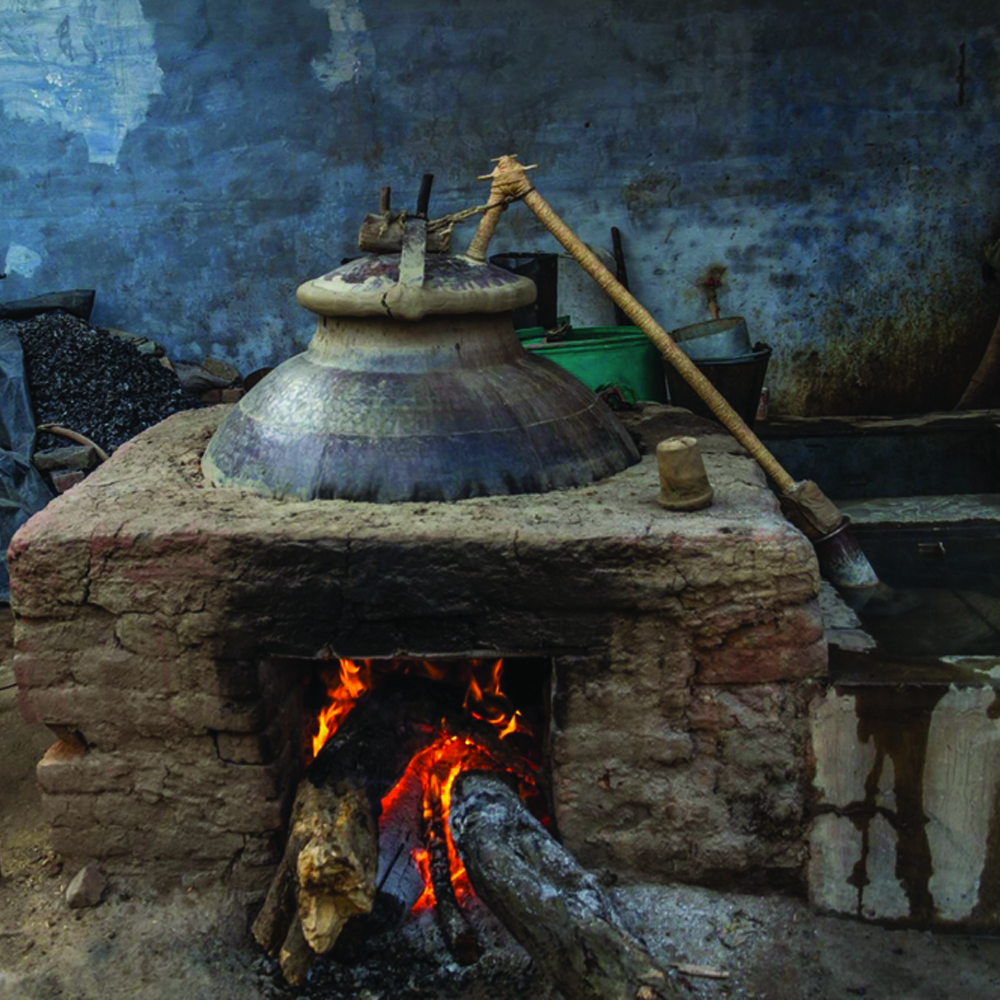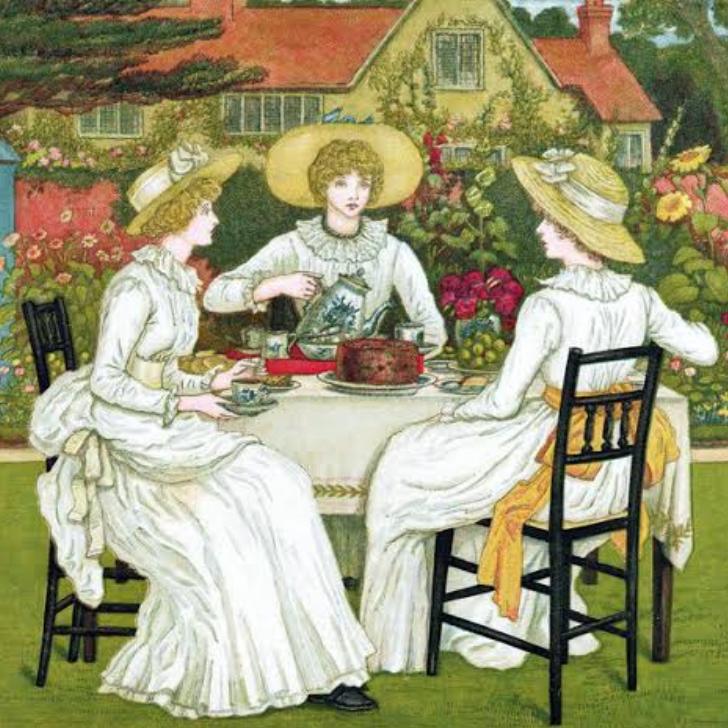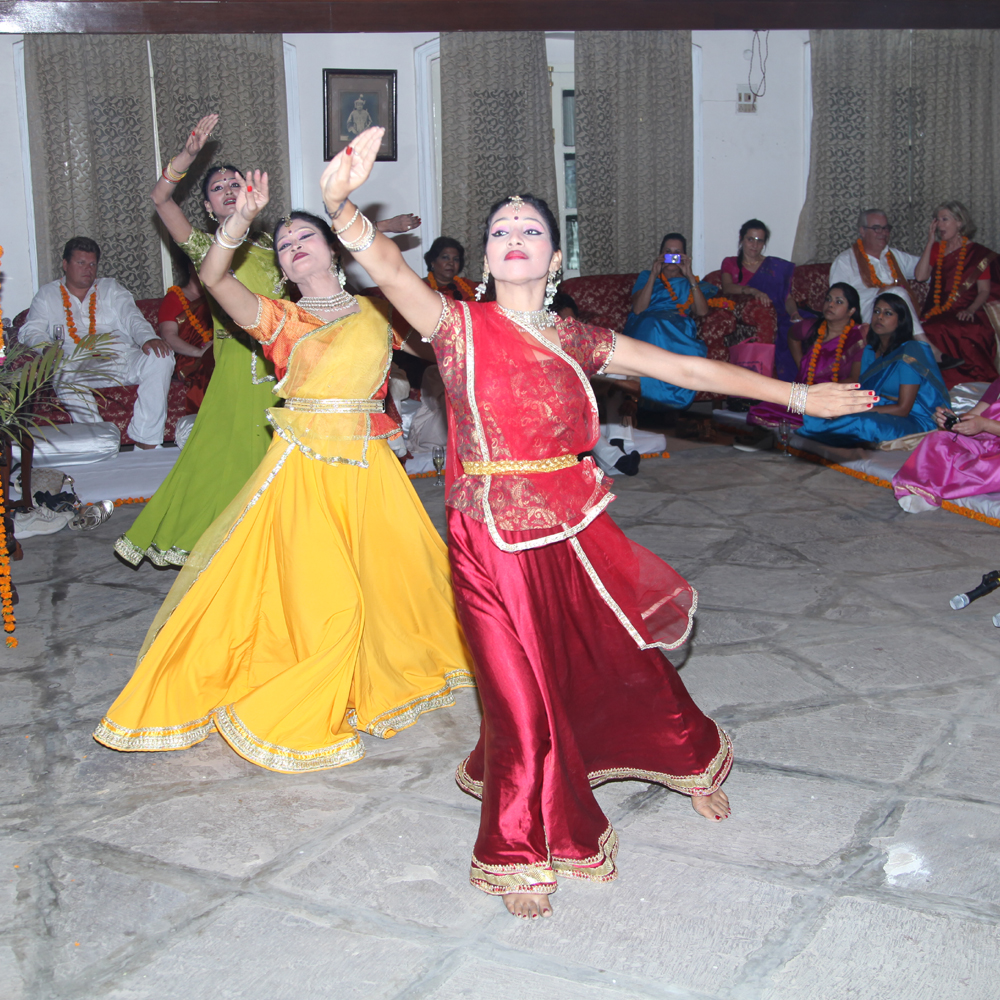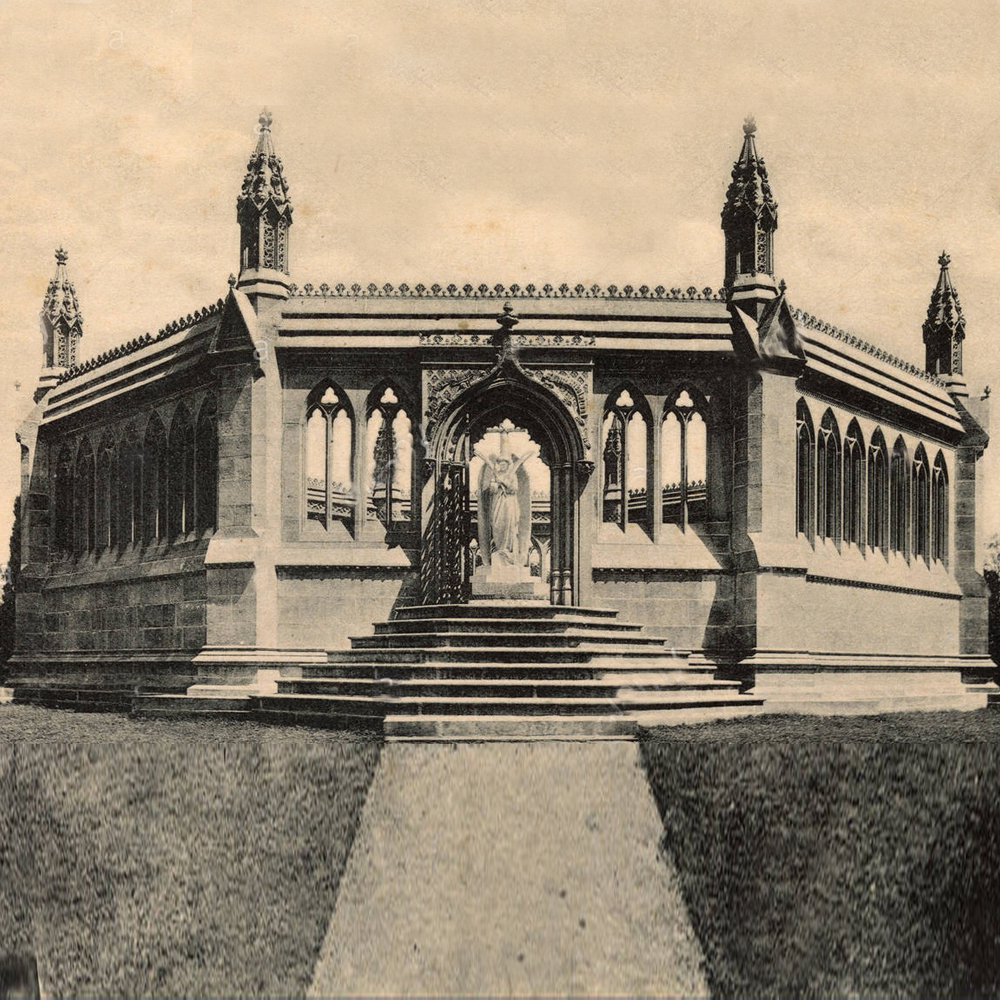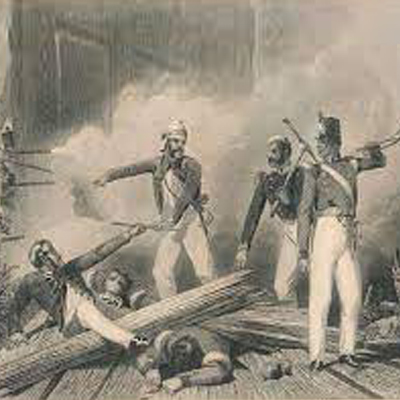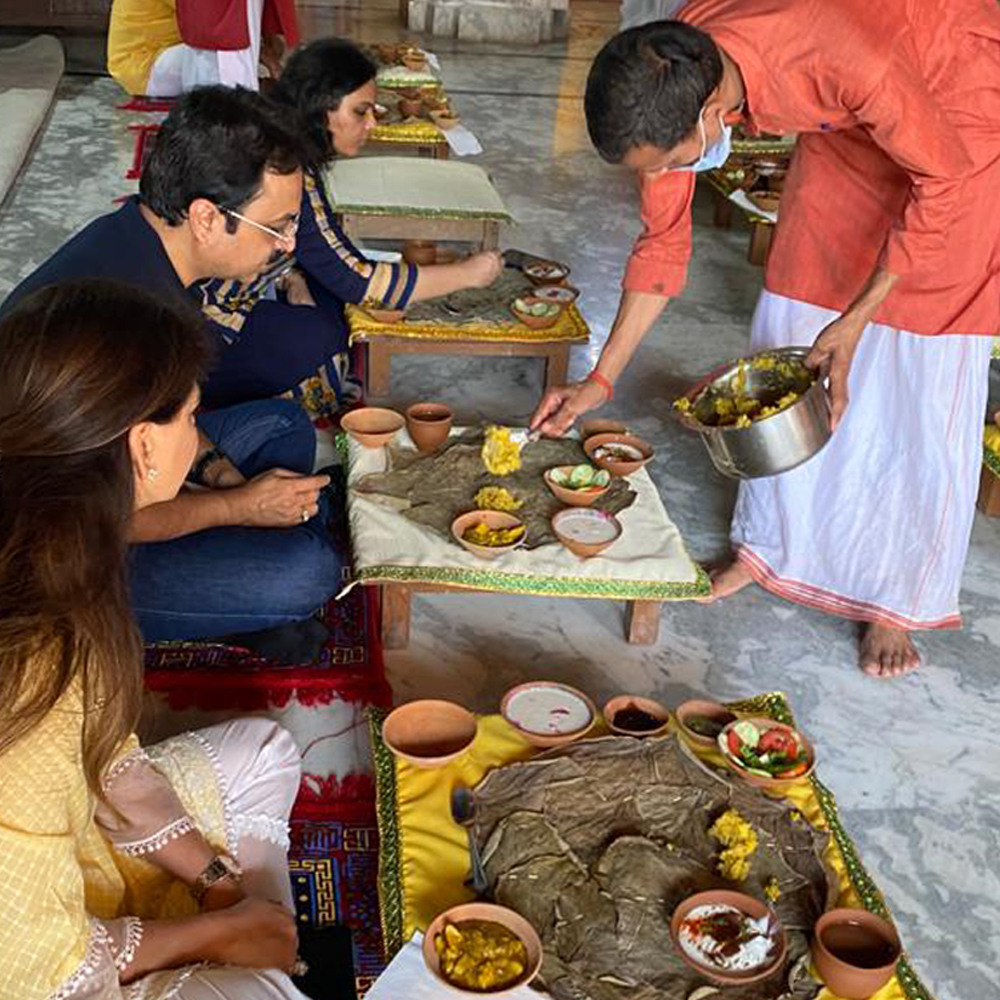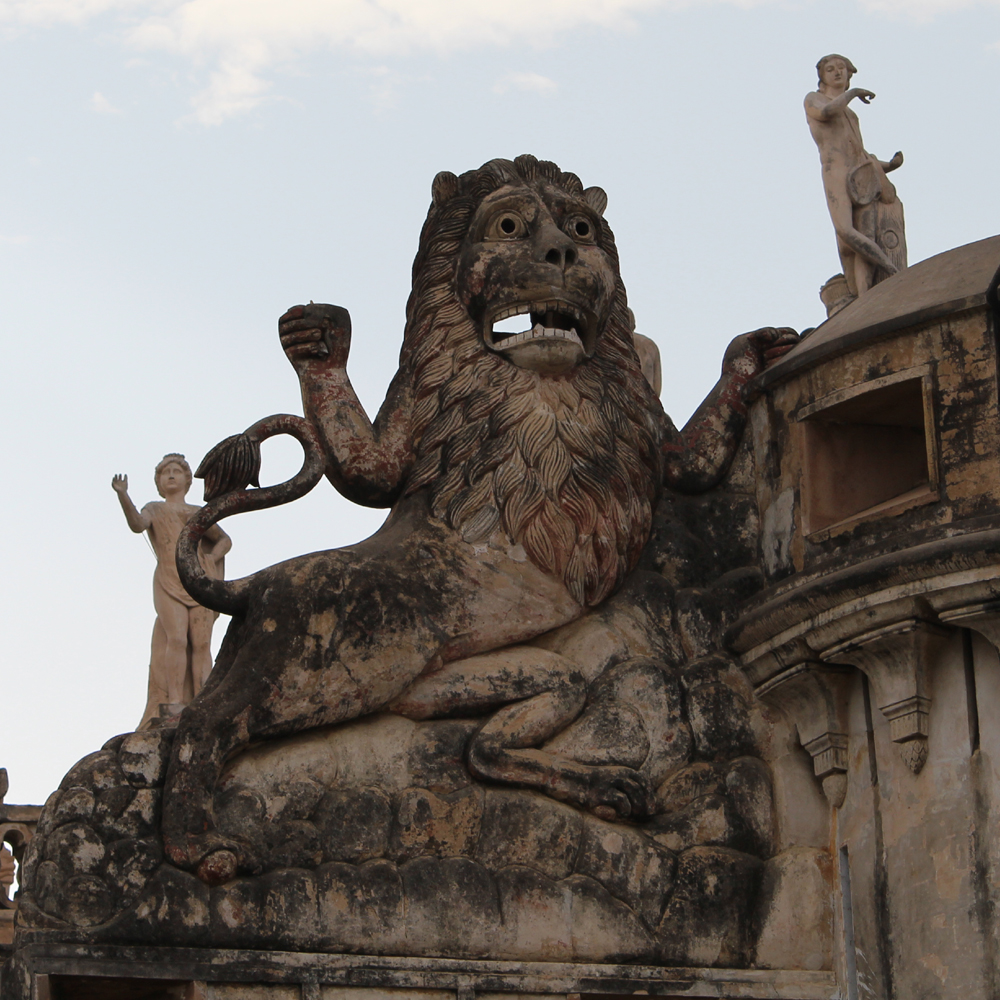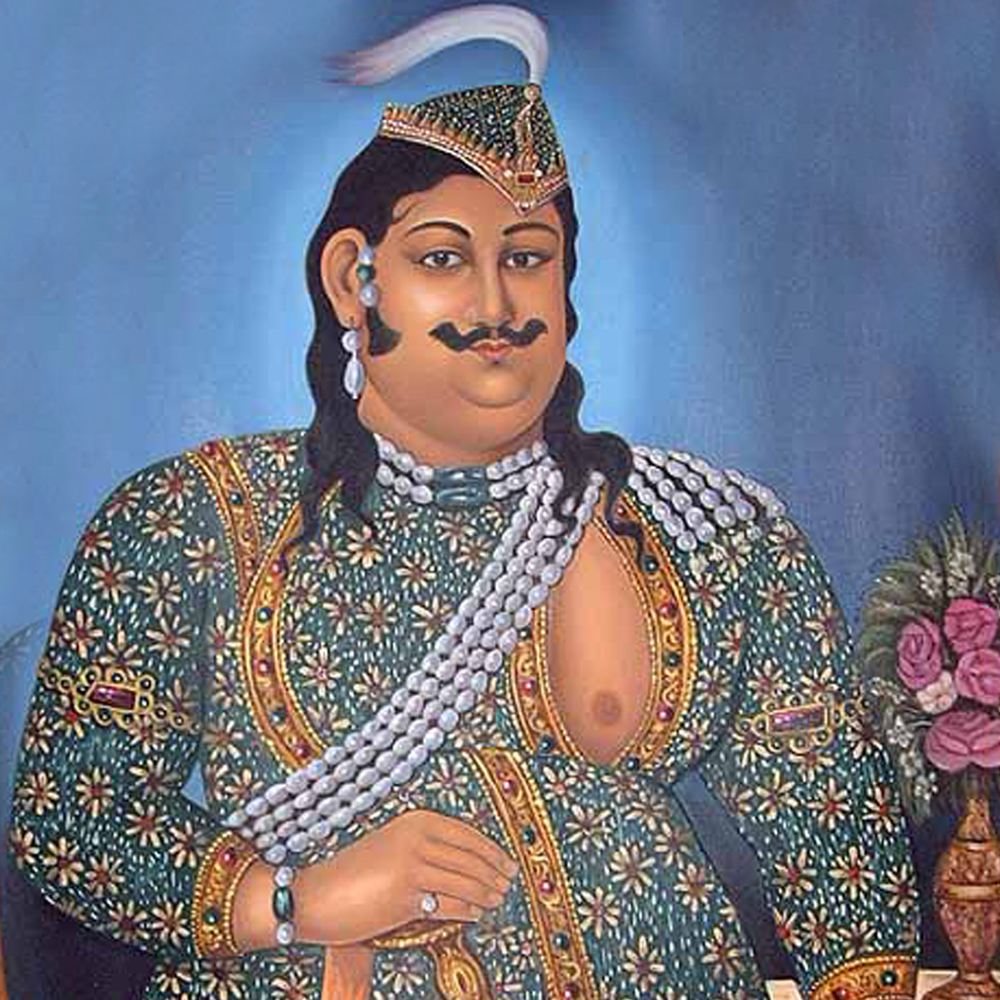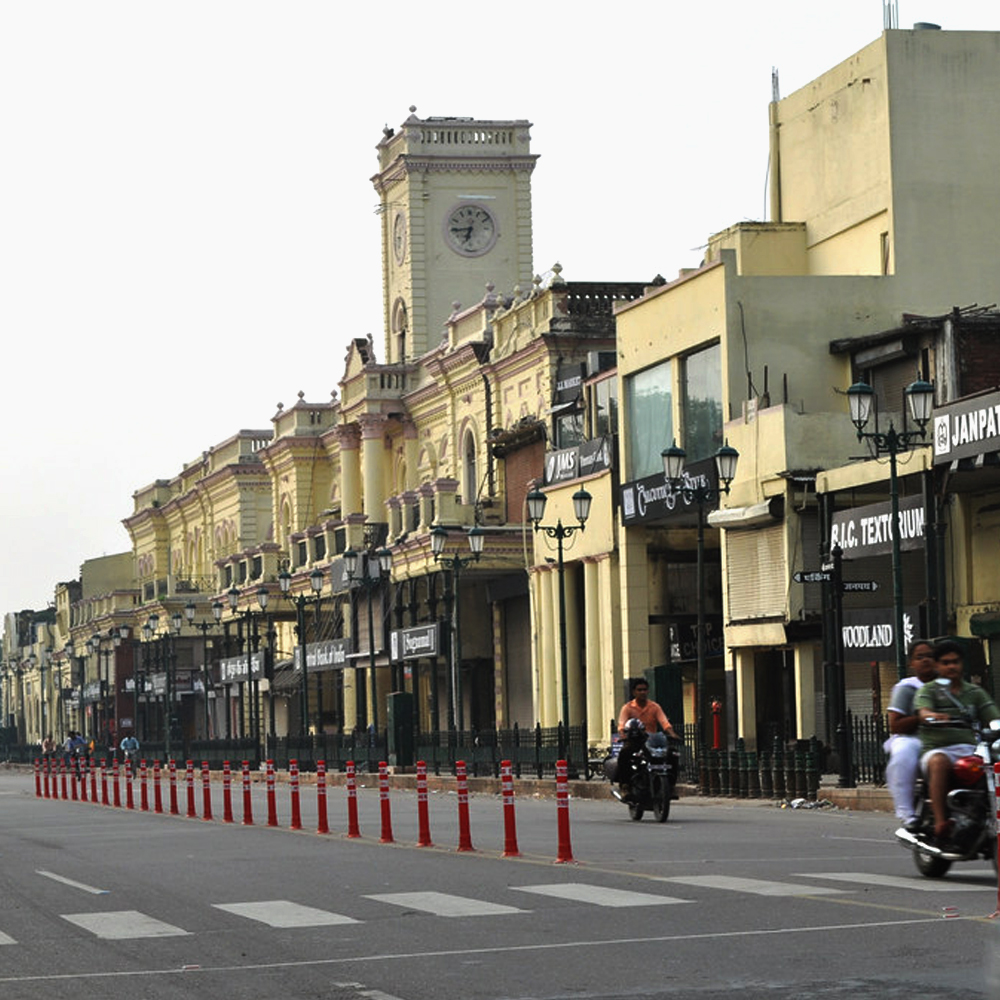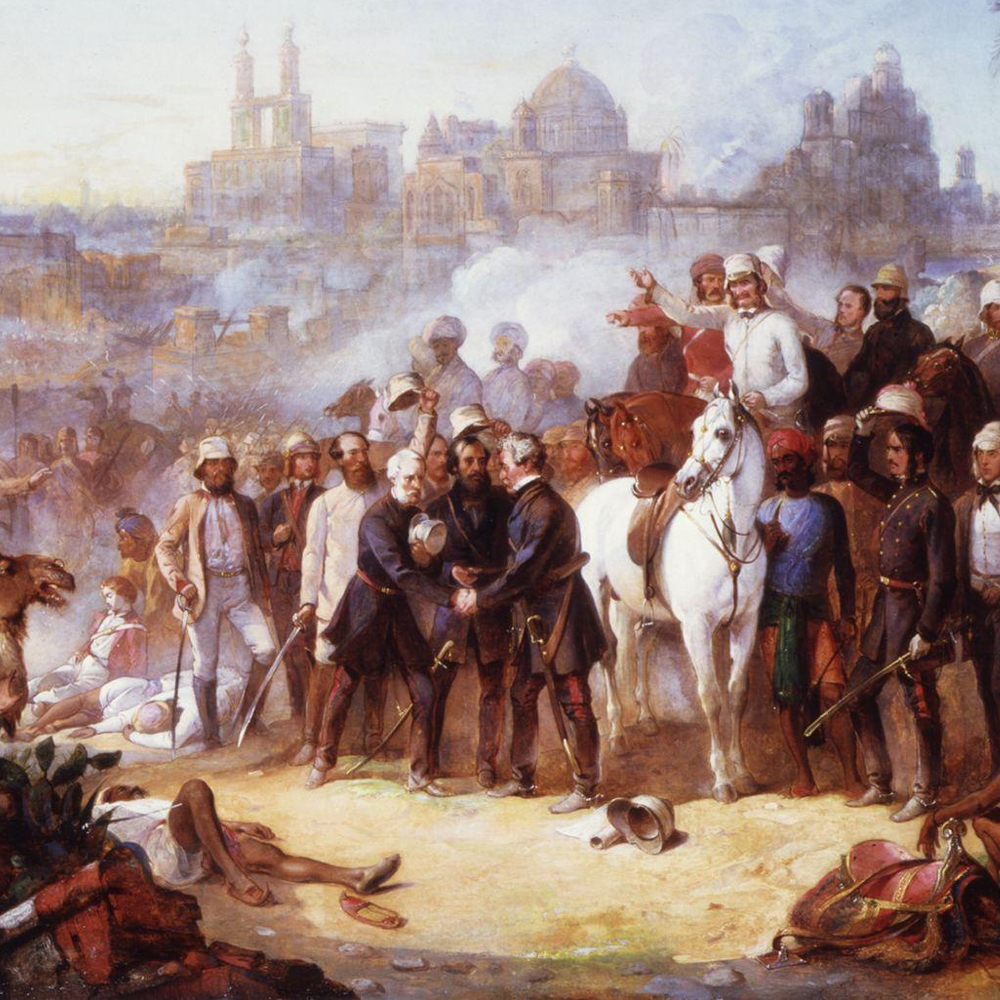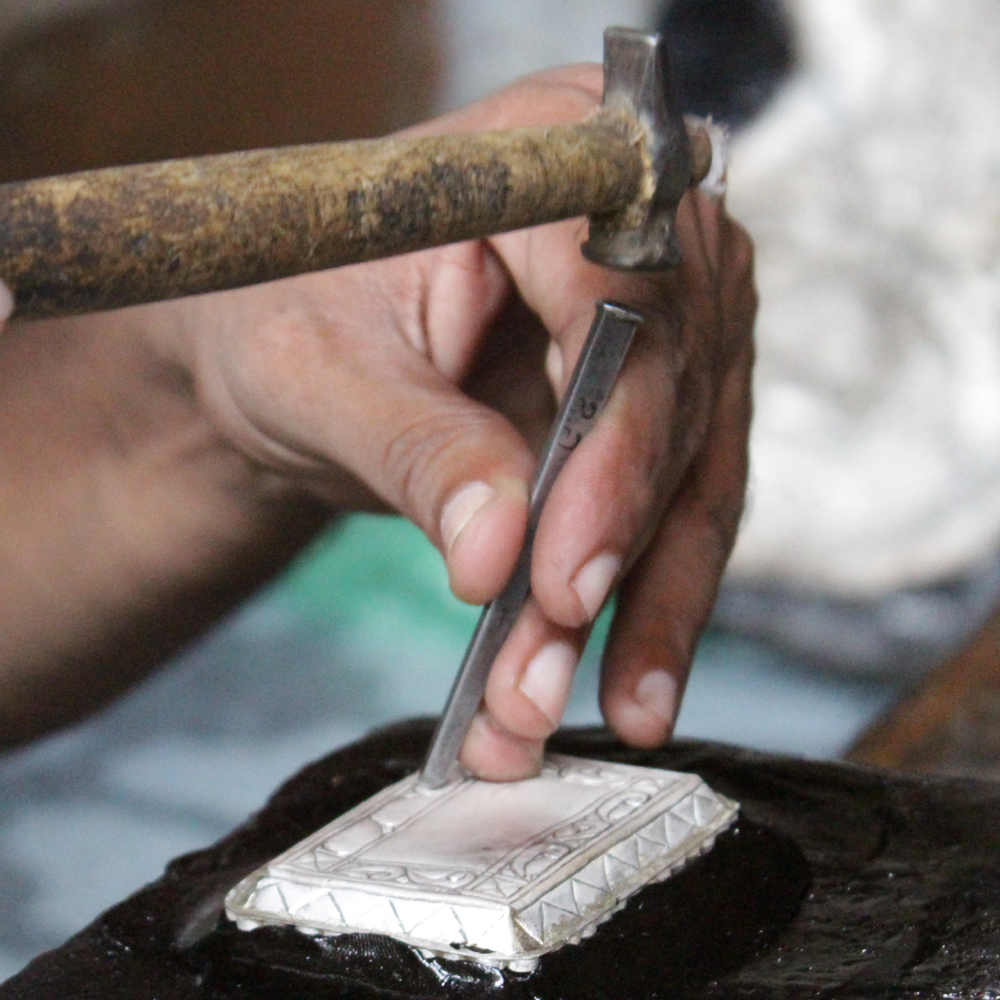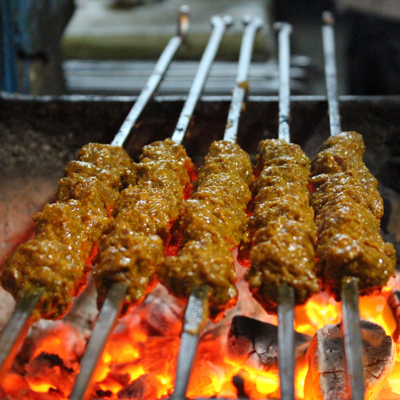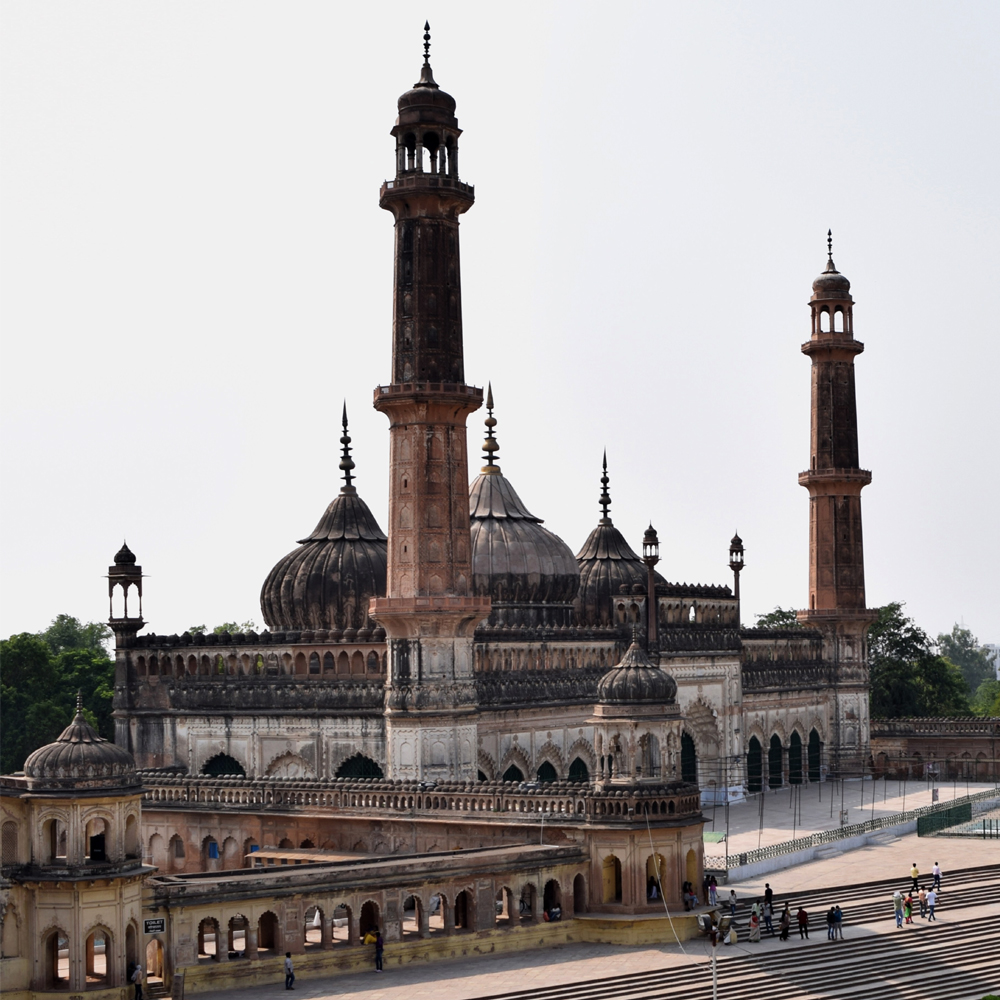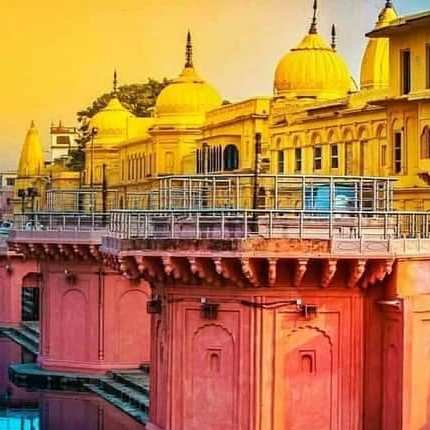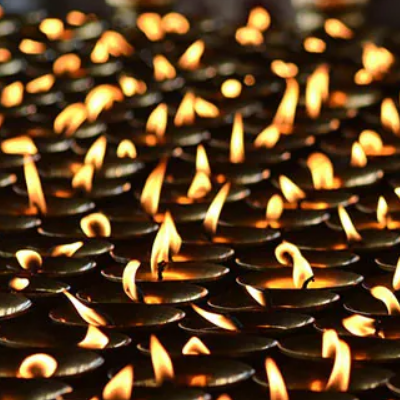Volume: 15, No: 05 ; May-2021
Sheikh Abdur Rahim is credited with the construction of Machhi Bhawan (also spelt as Macchi or at times Machchi Bhawan) when he was the Governor of Lucknow during the reign of Mughal Emperor Akbar.
Sheikh Abdur Rahim was one of the the most trusted man of Akbar. Once Emperor Akbar was told by an astrologer that certain two days are very inauspicious for him to rule the country and he should temporarily step down as an Emperor for those two days. It was predicted is he doesn’t he may die and the Mughal Empire will end. Being the most trusted man of Emperor Akbar Sheikh Abdur Rahim was made the Emperor of the Mughal Empire for those two days, wearing the crown of Akbar and sitting on the Mughal throne. The day when Abdur Rahim handed over the crown back to Akbar, it is said that a snake somehow appeared from the crown and bit the man who was holding it to death. This incident proved that the prophesy of the astrologer was true and in place of Akbar this man, who held the crown to transfer it from Sheikh Abdur Rahim’s head back to Akbar’s died. Sheikh Abdur Rahim was rewarded with estates in Lucknow by the Emperor. It is here that the tomb of Sheikh Abdur Rahim exists along with a few of his family members at a place known as Nadan Mahal, dating back to Akbar’s reign and possibly the only existing structure in stone of the Mughal era in Lucknow which otherwise has monuments in brick and mortar.

Nadan Mahal (Painting by Sita Ram – 1814)
‘Machhi Bhawn’ (translated as ‘fish building’) was a fort with twenty six doors and each of which was adorned by a pair of fish, as it is customary in all Awadh buildings. A total of 52 fish adorned the doors and gates of this palace. There is also a version that believes each fish had a beautiful eyebrow and ‘eyebrow’ in vernacular is called ‘Bhavanr’ thus it took a distorted name of ‘Bhavan’ which means a large building. Though whatever the reason is, in both cases, fish were a central theme.
|
Fish Symbol in Awadh… When Sheikh Abdur Rahim was coming from Delhi to Lucknow, en route he crossed the Ganges on a boat. While on boat, two fish jumped from the river on to Abdur Rahim’s lap. Fish is considered very auspicious and is also a part of Mughal military decoration. ‘Mahi Maratib’, had its origin in Persia. This military honour had two fish heads on a post and was carried behind the recipient to the wars and other public ceremonies, denoting his honour. Later in 1819 a British artist Robert Home used fish to design Ghazi-ud-Din Haider’s royal court of arms. Much later when Wajid Ali Shah took over, he improvised his court of arms with fish again but in a different form which was ‘mermaid’. Even the gates gates of the buildings of his reign and the outer facades had murals of fish and mermaids. Fish continued later and does till date, though with a different explanation. Here fish represents Buddhism and the two rivers are the Yamuna and Ganges while the bow and arrow symbolises the valour of Lord Rama as Awadh was originally his land with its capital being Ayodhya. This existing emblem was designed in 1916 as an emblem of United Provinces of Agra and Oudh and continued later when the state was rechristened as United Provinces and then further as Uttar Pradesh, which continues till date.  Emblem of Uttar Pradesh Government with a pair of fish on it. Current logo/emblem. |
It was only after Machhi Bhawan that all buildings in Awadh were adorned by a pair of fish on its gates, doors and facades. Even the royal insignia and the stamp had fish on them, while till date the government of Uttar Pradesh in free India uses fish in its official emblem, on letterheads and official seals.

Machhi Bhawan (Painting by Daniel -1801)
Presently, King George’s Medical University (KGMU) is exactly the site where Machhi Bhawan existed. The ruins of the fort had two main palaces, Panch Mahal and Mubarak Mahal which was adorned by silver pairs of fish. Reflections of light on these further added to the beauty of these two palaces inside Machhi Bhawan fort. On the banks of river Gomti this campus had many courtyards and rooms. The Administrative Block of KGMU is the place where Panch Mahal supposed to have existed. A customary ‘Naubat Khaana’ or the portal, where musicians sat to play instrumental music each day as an alarm, existed here too. The first session of this music was at five in the morning, the second was at nine, and the third one in the afternoon was at three and finally at six in the evening announced the end of the day.
Saadat Khan ‘Burhan-ul-Mulk’ was declared the Governor to rule the state of Awadh by the Mughals. Awadh was then under the Shekhzadas who occupied Machhi Bhawan. In spite of Sadat Khan’s high status and being a representative of the Mughal Emperor in Awadh, Shekzadas never allowed him to enter the fort of Machhi Bhawan.
The main gateway was named ‘Shekhan Darwaza’. It is said that a sword hung on the gates as a symbolic warning to any intruder whose head would be served if he dared to enter or challenge the then mighty Shekhzadas. It also made people lower their heads to save themselves when entering the fort, call it a show of respect that was forced on the ones who were allowed to enter.
Saadat Khan ‘Burhan-ul-Mulk’ had a desire and a mission, not only to enter the fort but also to conquer it. He was only waiting for the right time to do so. Sadat was secretly arming himself and he had full support of his own powerful family and the Mughal army.
Once Sadat Khan invited the Shekhzadas to a especially arranged evening entertainment outside the city. To lure them to accept his invite, he arranged some famous nautch girls from Lahore (now in Pakistan). The party he threw was grand, and while the Shekhzadas and their men got busy in dancing, drinking and merry making, Sadat Khan Burhan-ul-Mulk invaded Machhi Bhawan and made Mubarak Mahal his residence. A new gate too was added to the fort and then later, his successor Safdar Jung further added to the fort, though his focus was more on Faizabad (now Ayodhya) which he established quite well, including a palace and military quarters there. Shekhzadas in compensation were allotted about seven hundred acres of land outside the city. After Safdar Jung’s son Shuja-ud-Daula took over, he constructed yet another palace within Machhi Bhawan, adding to its might.
In 1856 Machhi Bhawan came under the control of the British and it was then that it was further fortified to be used by the army contingents. In 1857 with the outbreak of the mutiny in Lucknow this became a British stronghold. Though the war became so intense that it could not be protected for long and Henry Lawrence, the then Chief Commissioner, decided to abandon it and move all to the Residency but not before blowing off the entire fort including the ammunition and the guns stored inside and could not be carried along during the evacuation. Some believe that the fort was a mark of power that British did not want to pass on to the rebel forces, while others believe that there was so much of gunpowder and ammunitions that they felt, if it reached the hands of rebel, the story of revolt would be much different.

Machhi Bhawan (Photograph after Mutiny 1858)
The ruins of Machhi Bhawan in any case later during the uprising became a stronghold of the rebel forces which held on to it till 16th of March 1858 till the forces lead by Gen. James Outram recaptured it. It was once again fortified and made a garrison. Machhi Bhawan remained a British garrison with quite a few civilian constructions in it till 1877. When the new British Cantonment was formed near Dilkusha, it was only then that Machhi Bhawan was abandoned and destroyed fully. Till about 1885 it was still a walled fort and even the religious structures in its vicinity including Asfi Imambara and the Mosque were used as an armory by the British in Lucknow. It was only in 1885 that these religious structures freed and handed over back to the Shiite community to be used for religious purposes, for which these were originally meant for.
In the year 1905 King George–V visited Lucknow in his capacity of Prince of Wales then and a foundation of a public hospital was laid at the site of Machhi Bhawan that was also named after him as King George’s Hospital (now called, King George’s Medical University, in short referred as ‘KGMU’) and an adjoining women’s hospital, Queen Mary’s Hospital (still exists as a maternity hospital and a part of the KGMU).

KGMU Foundation by Prince of Wales, George-V (Later King George-V) and Princess Mary (Queen Mary)
These two hospitals were inaugurated finally in 1912 by Sir John Prescott Hewett, Lieutenant-Governors of the United Provinces of Agra and Oudh.

King George’s Medical University, Lucknow (partial picture of main building)
LUCKNOWLEDGE is an initiative by Tornos. We do not intend to intrude your privacy and thus have an automated UNSUBSCRIBE system. At any point you may unsubscribe to our e-column or subscribe to it again through a link on our website. The above article is shared and in no way intends to violate any copy right or intellectual rights that always remains with the writer/publisher. This e-column is a platform to share an article/event/update with the netizens and educate them about Destination Lucknow.


